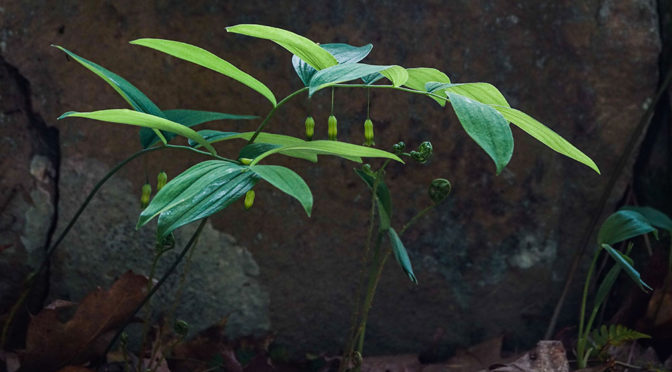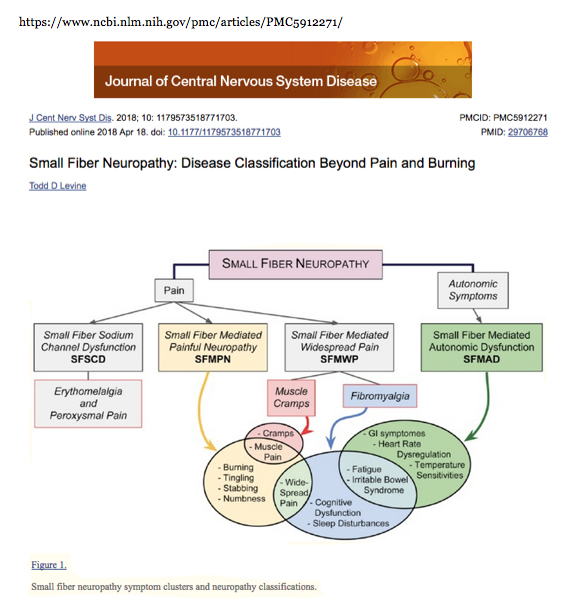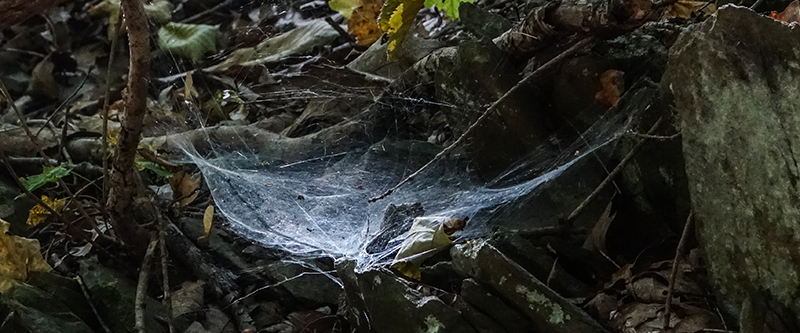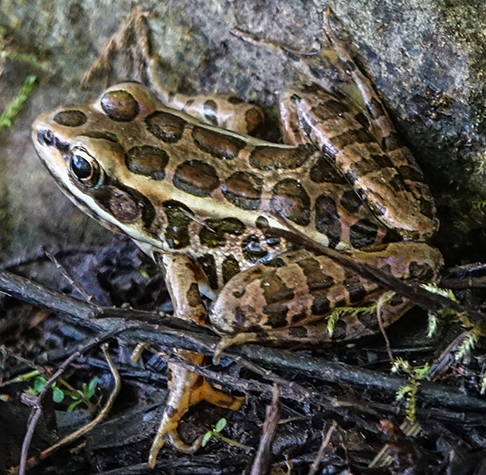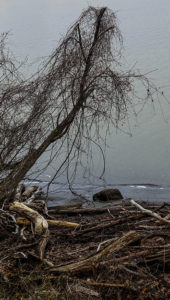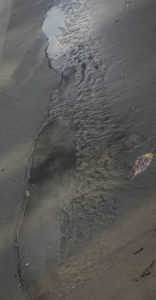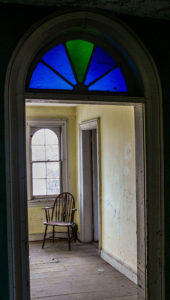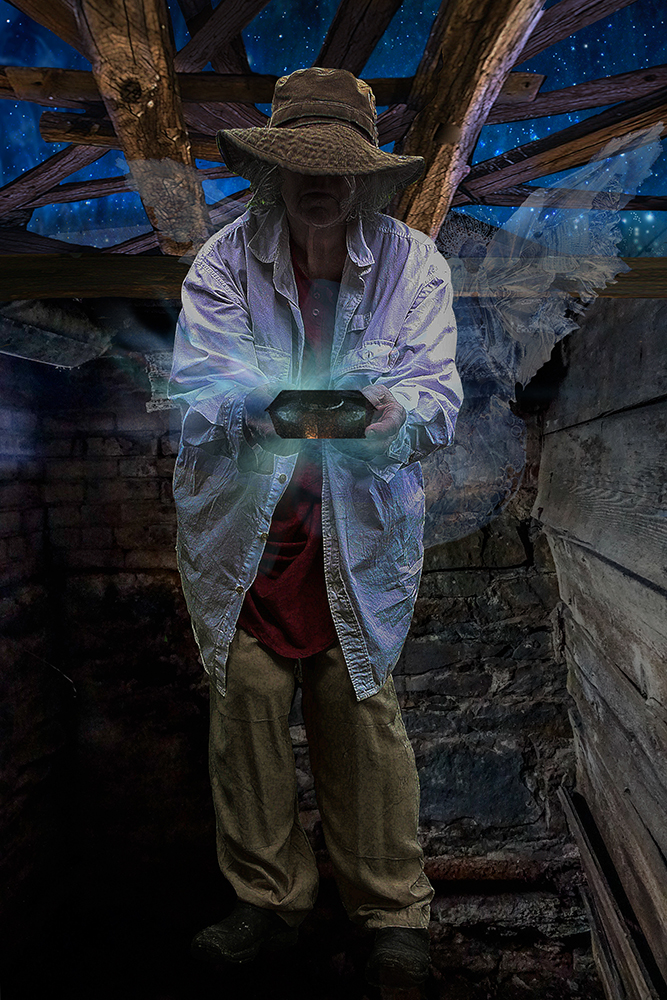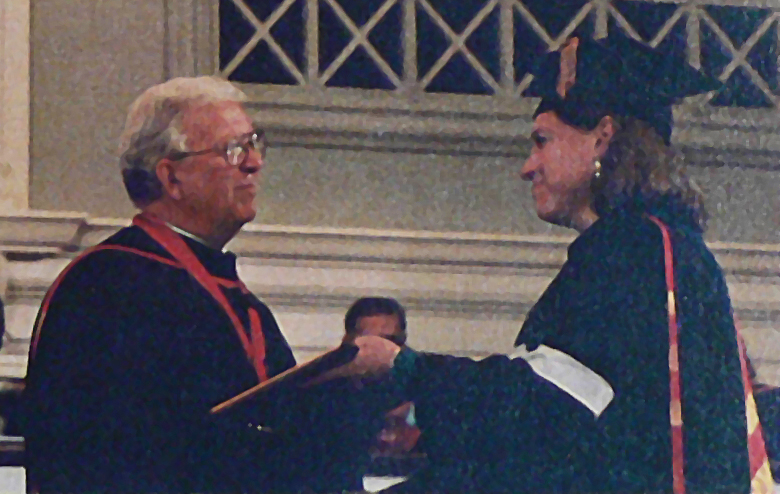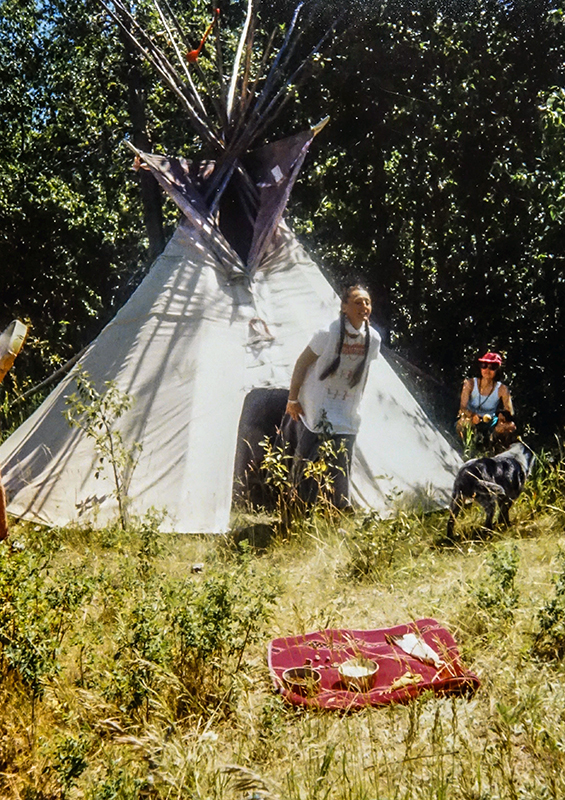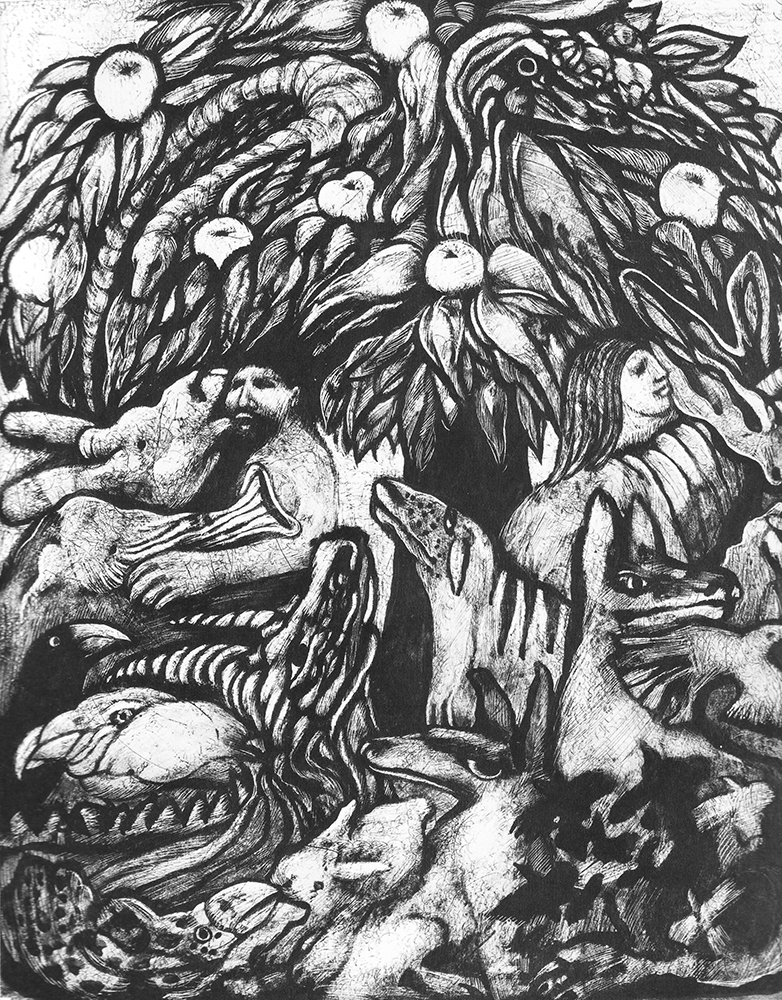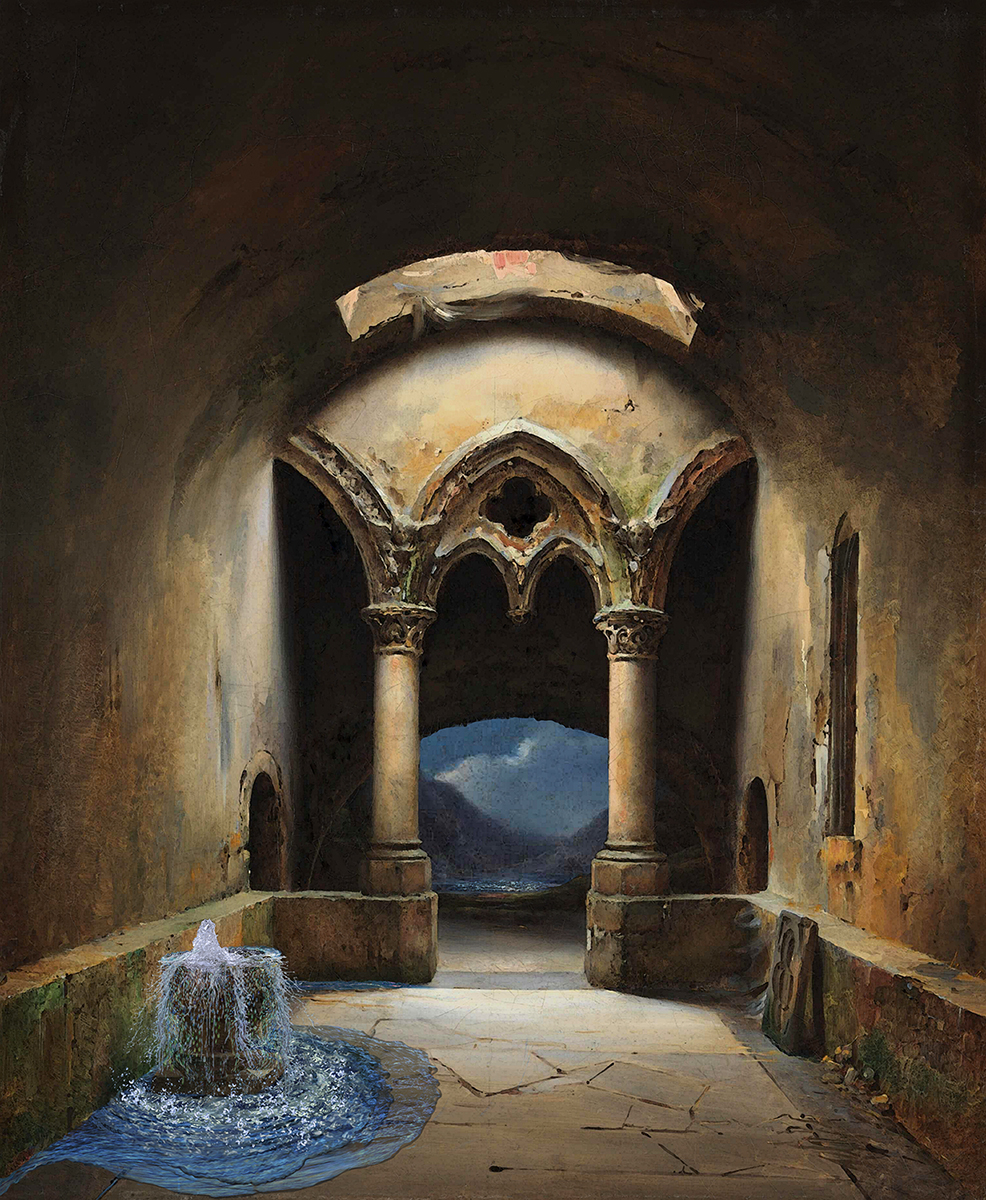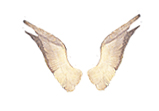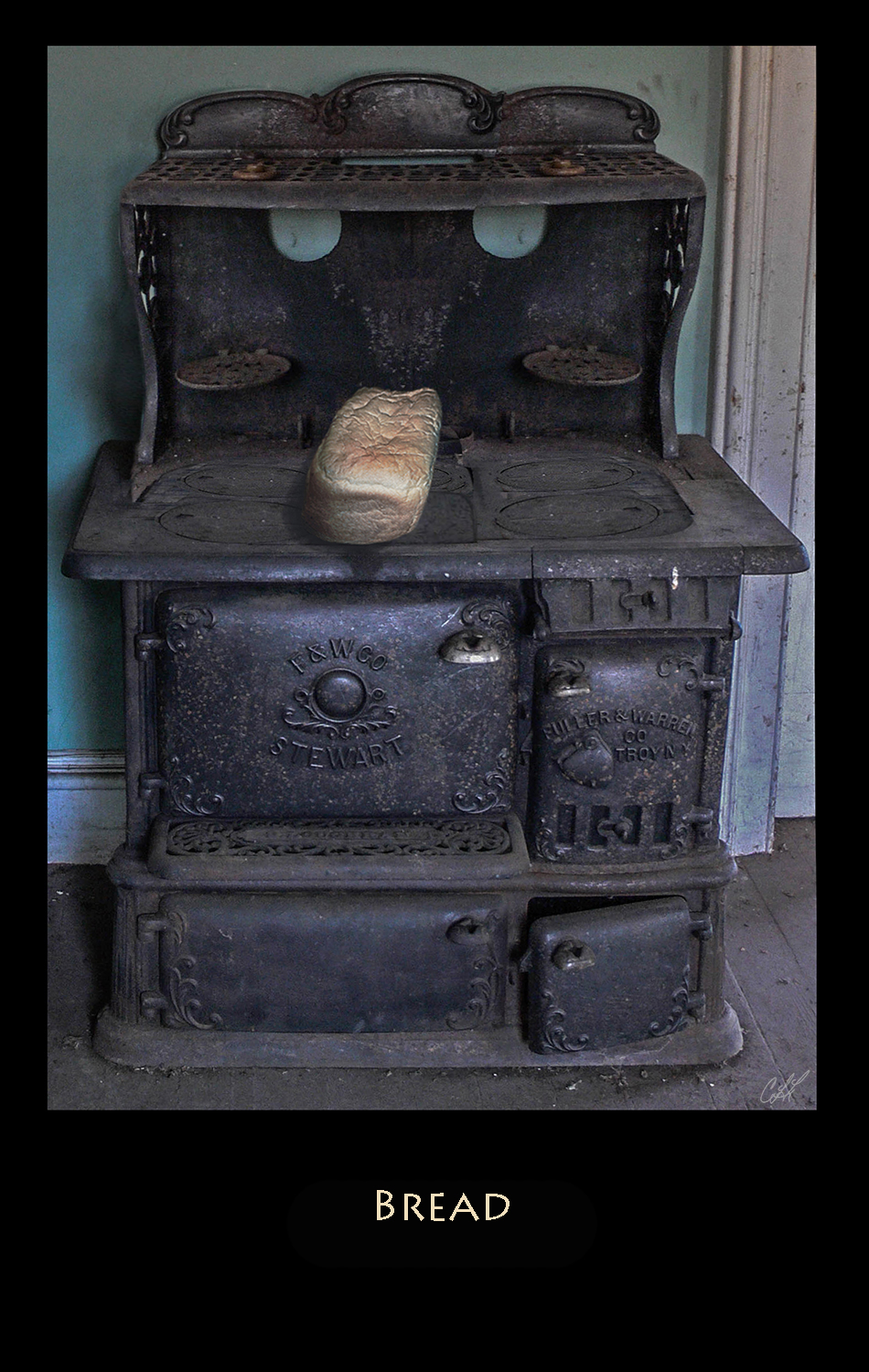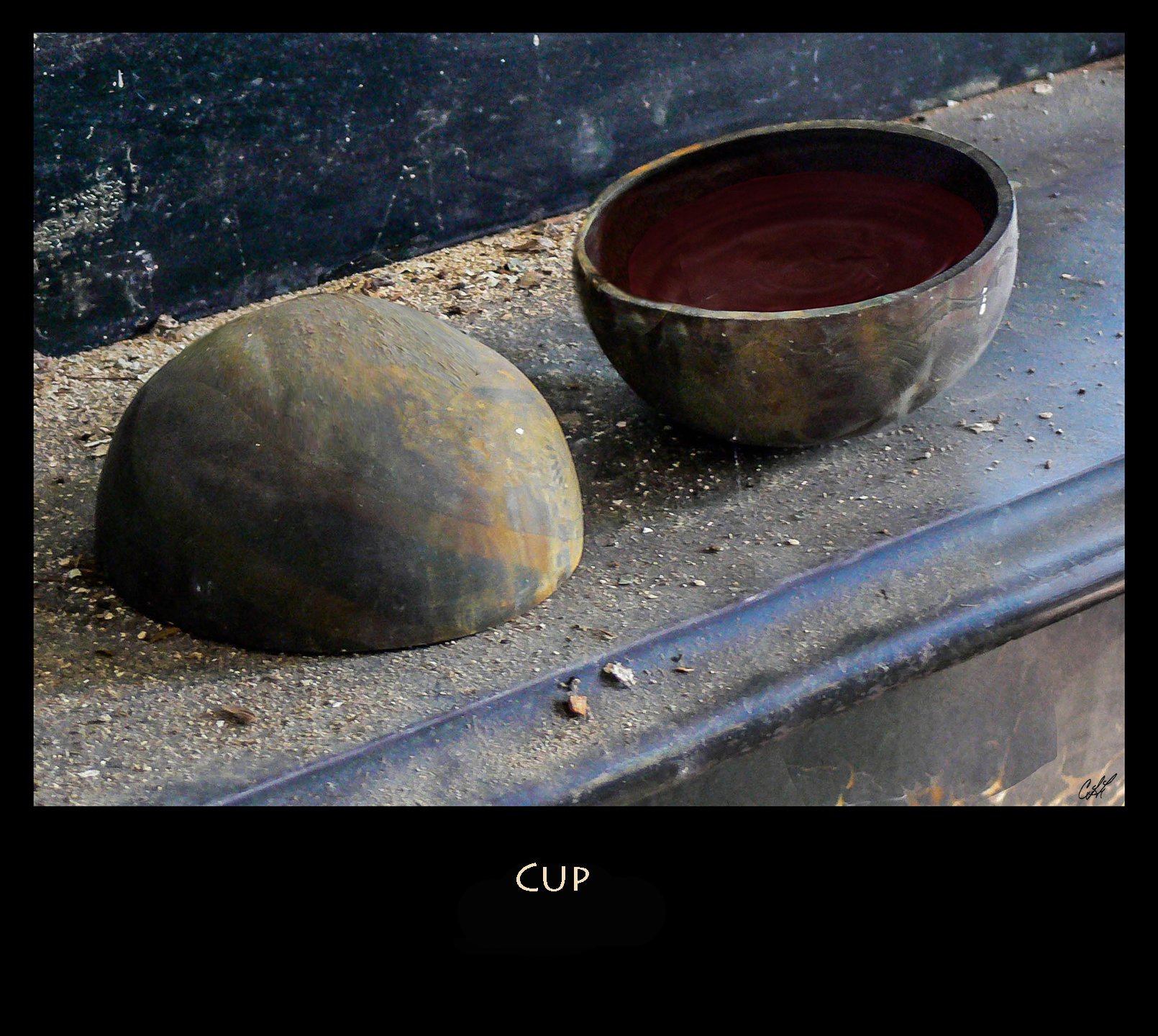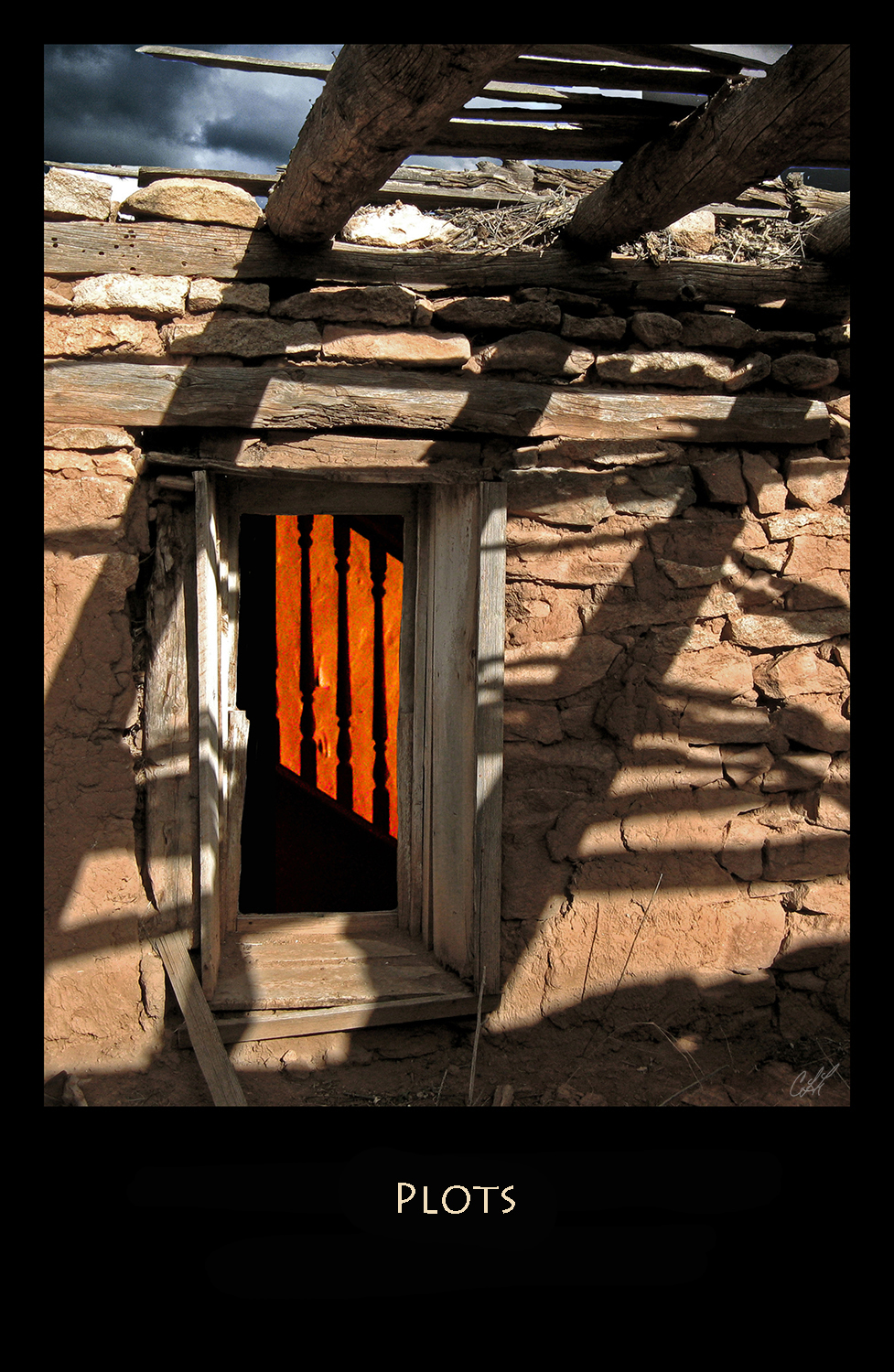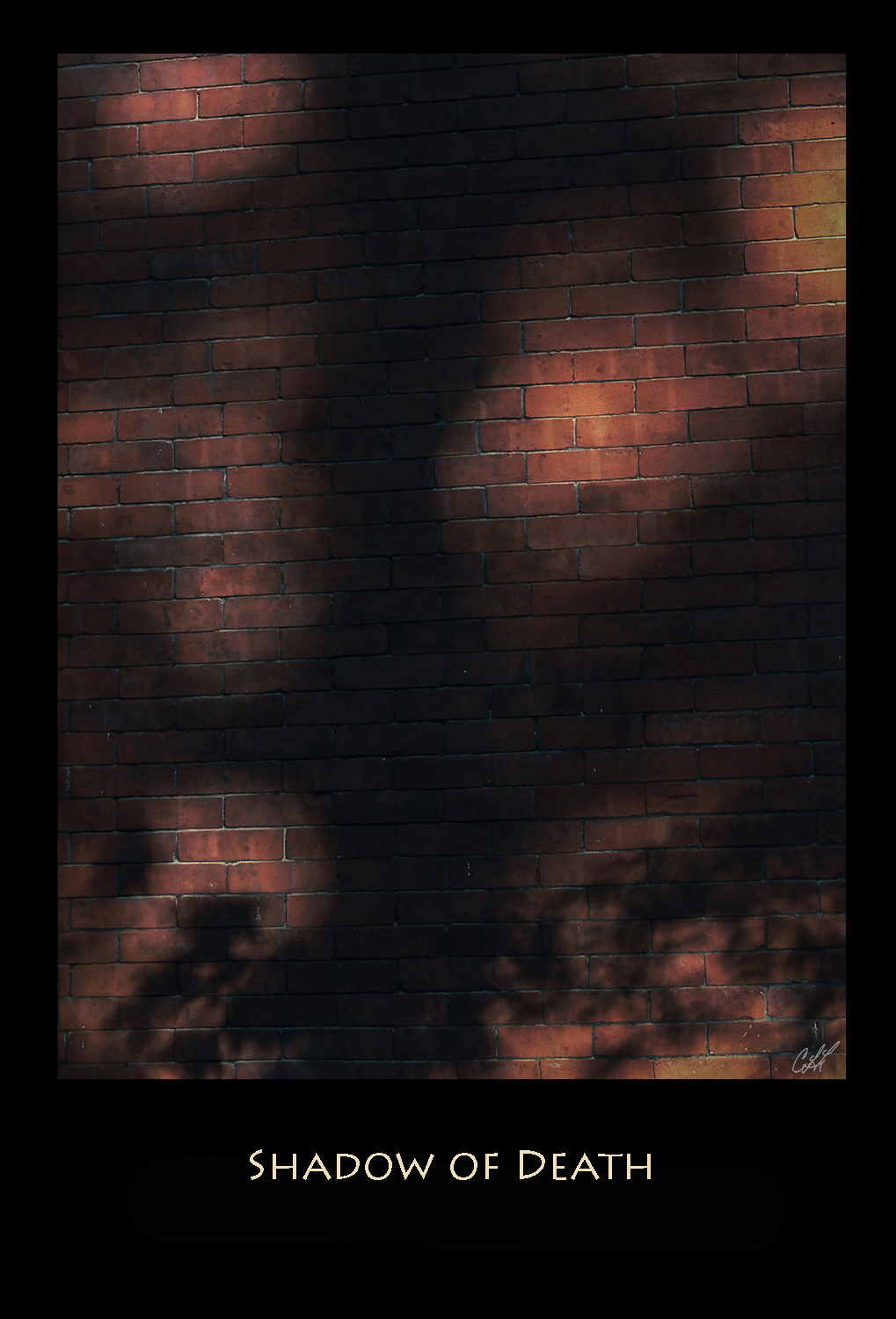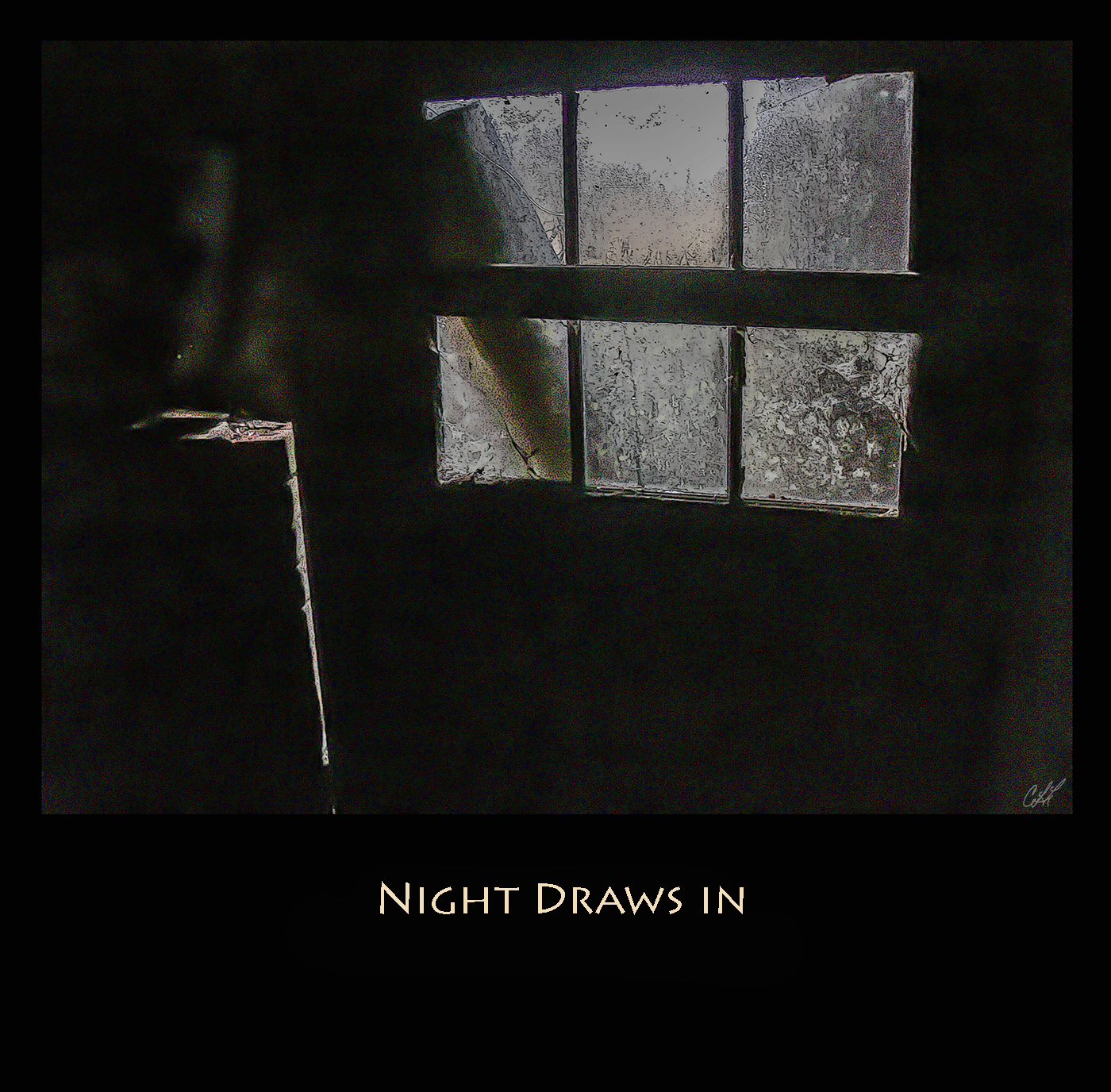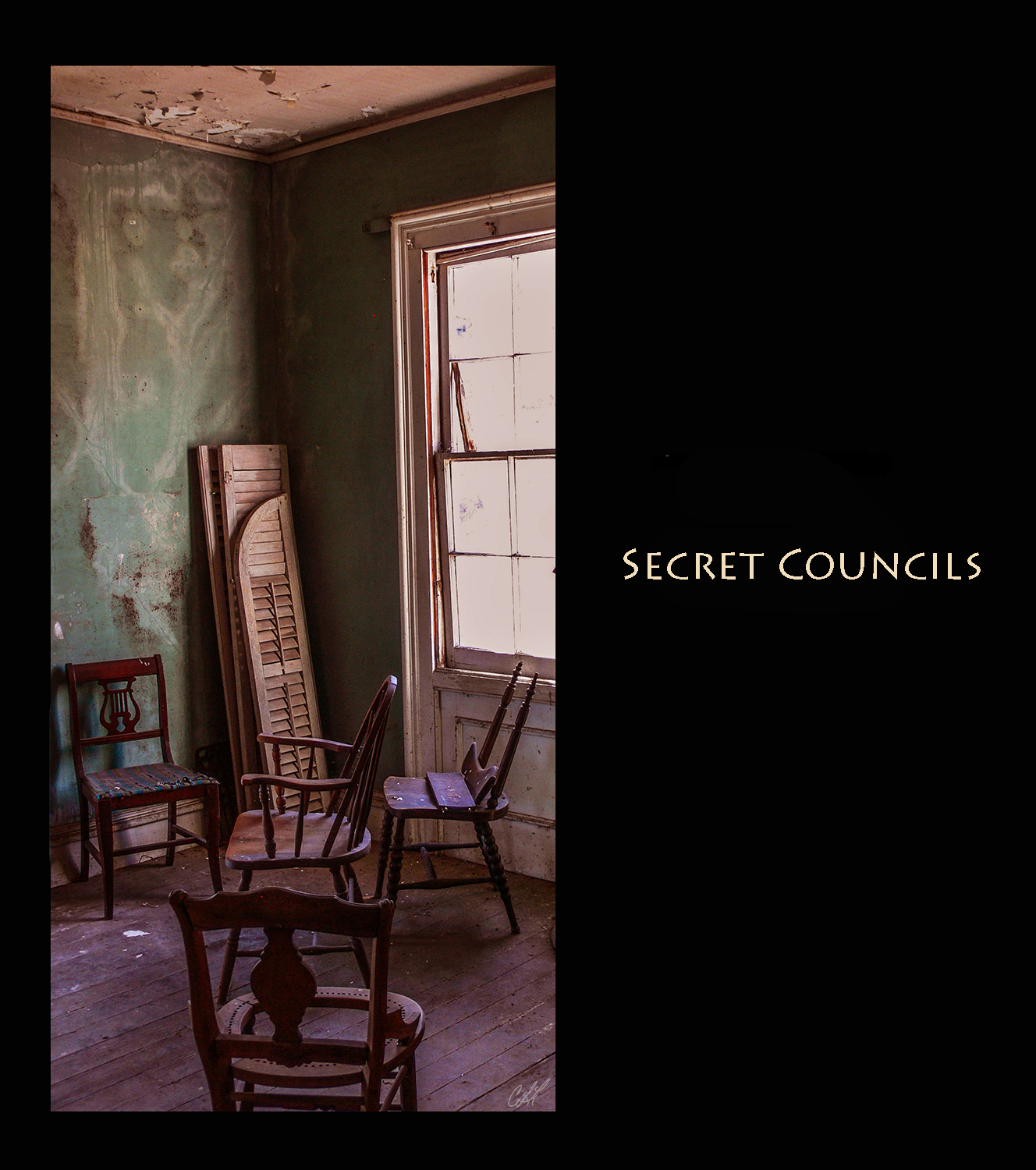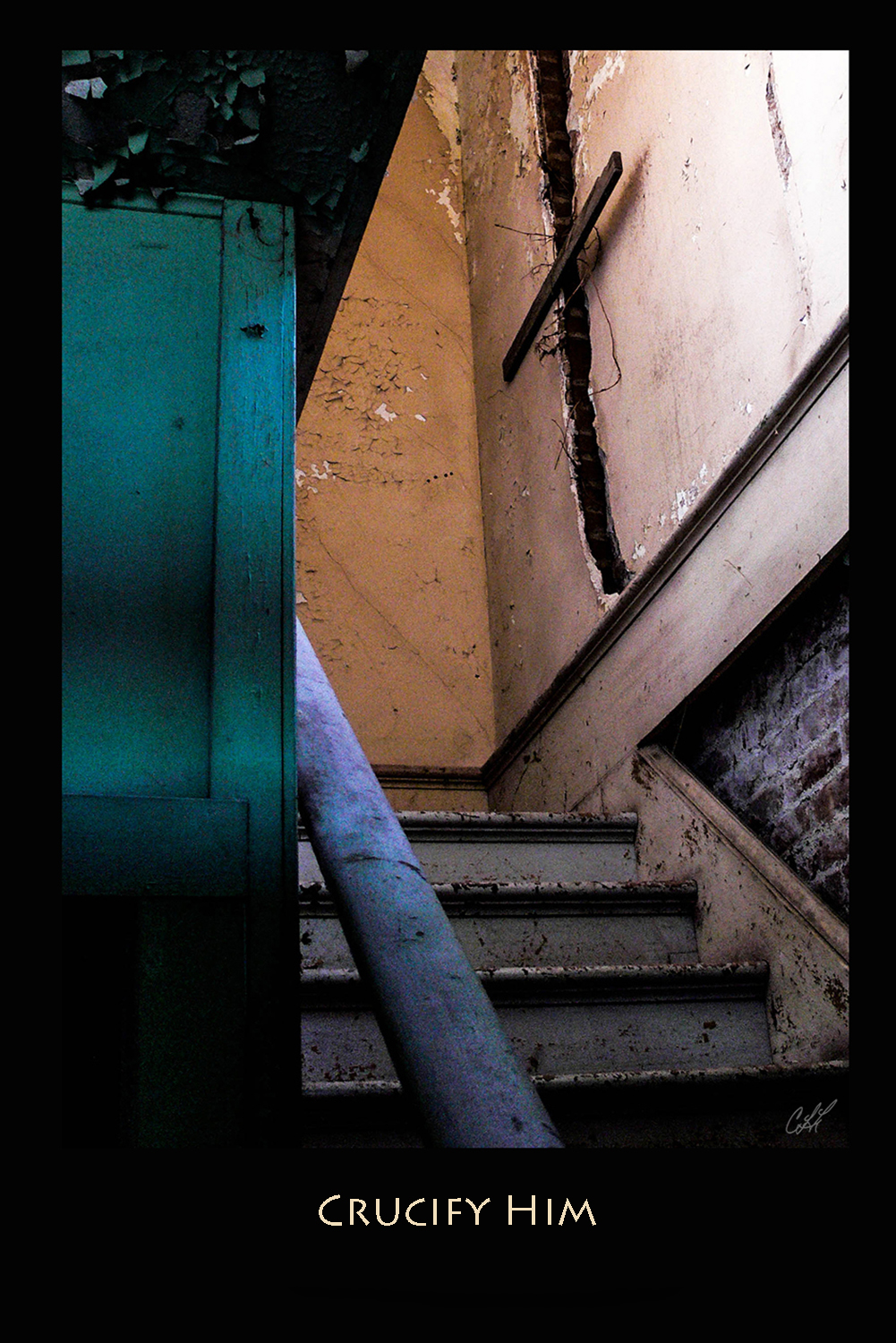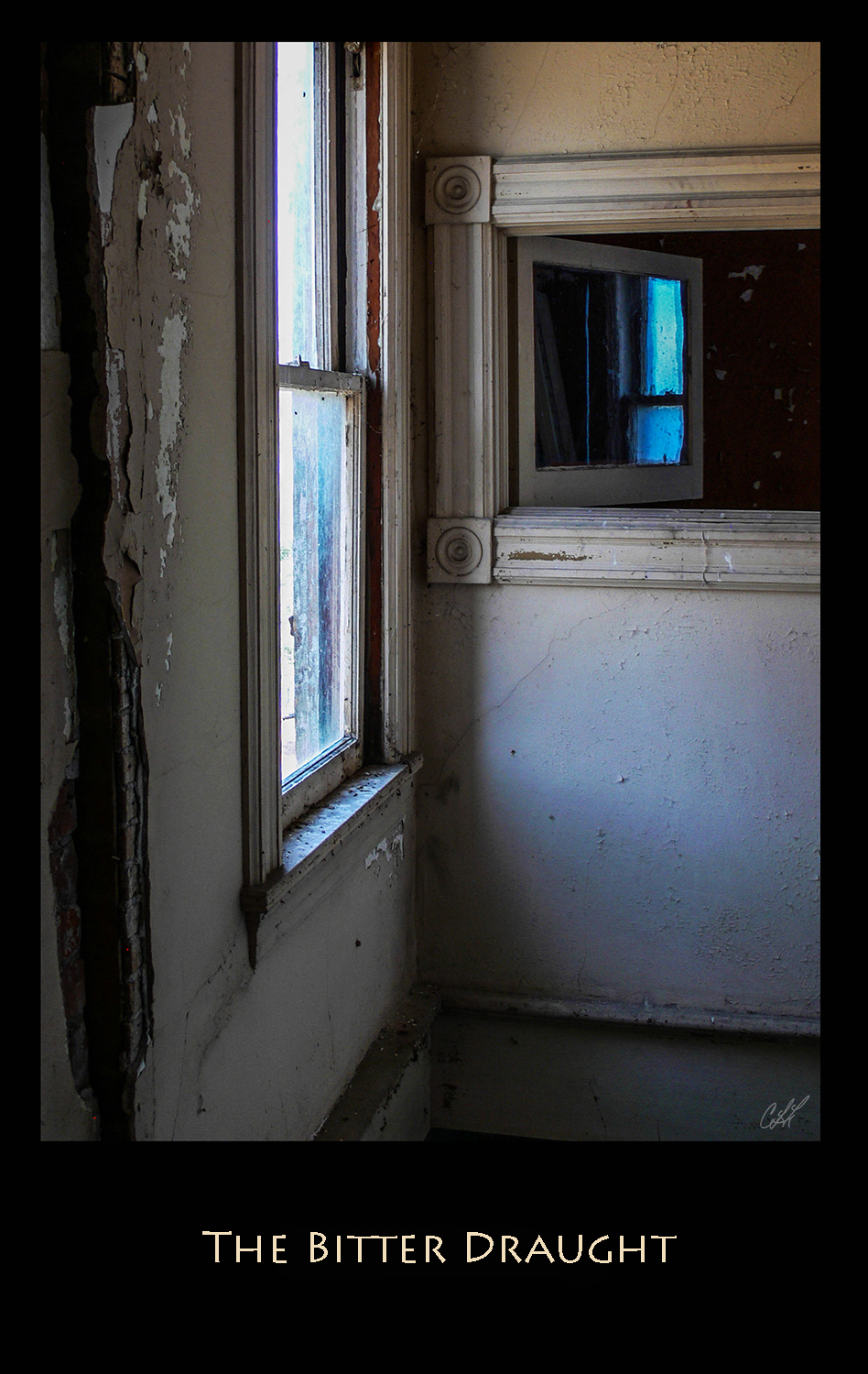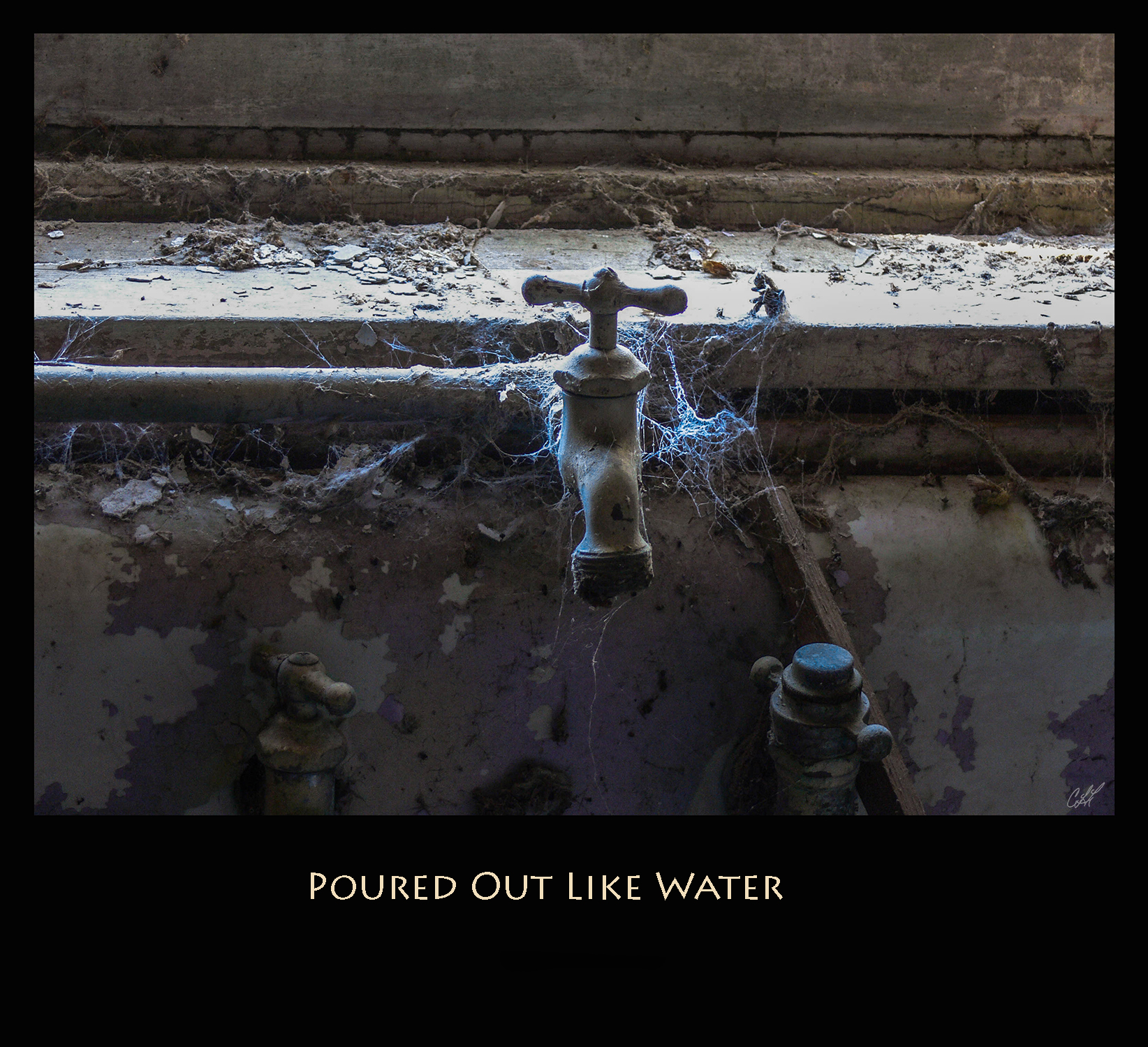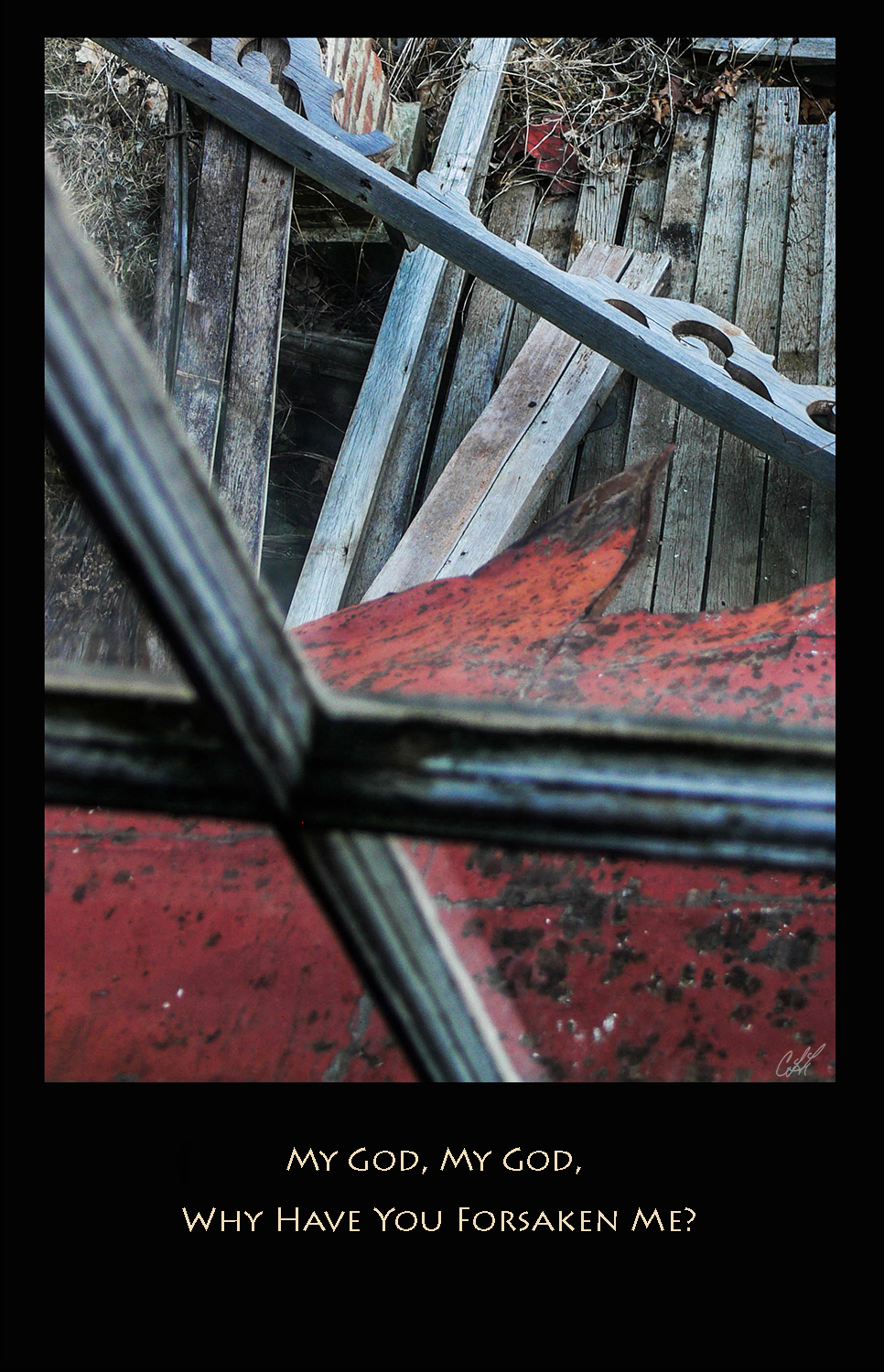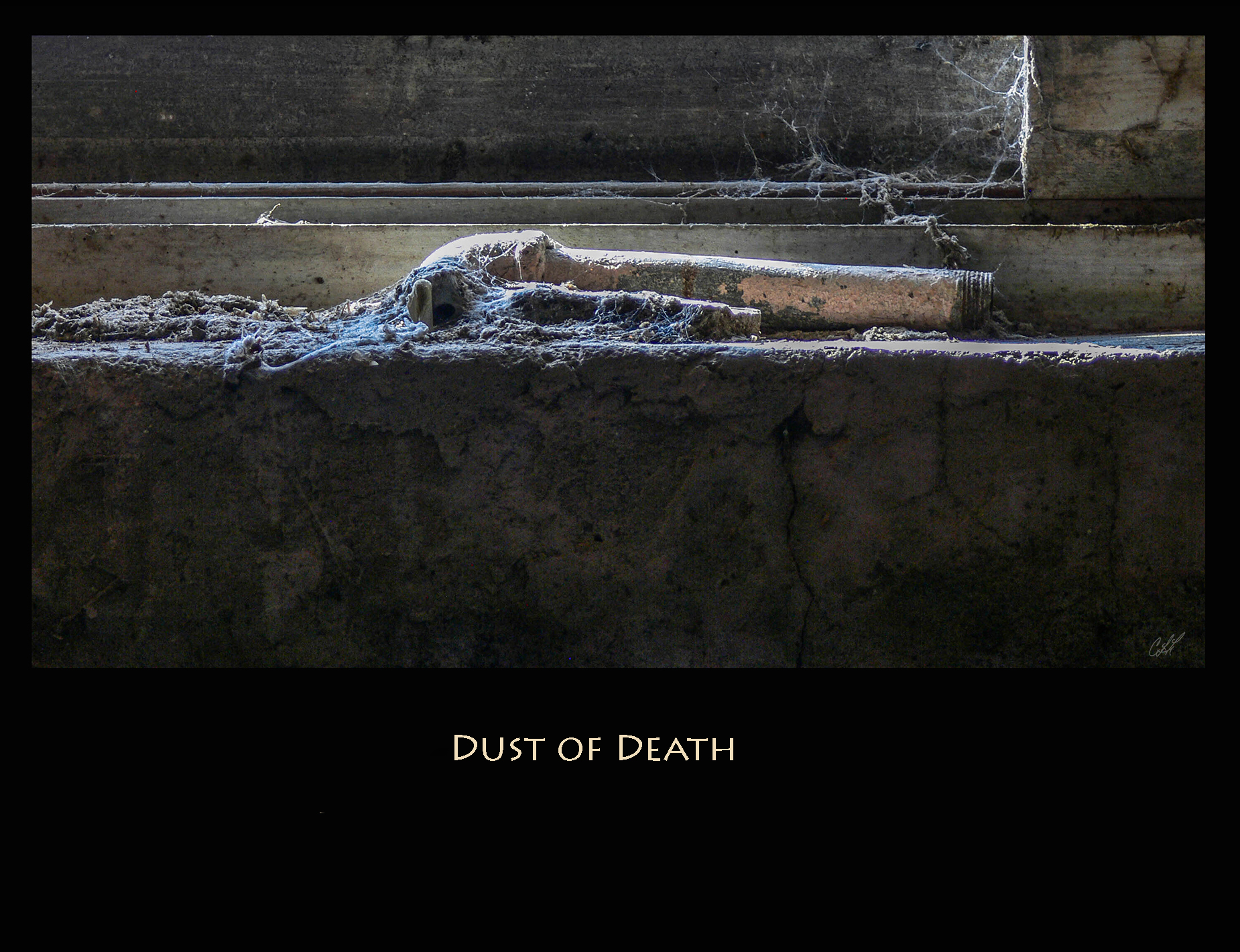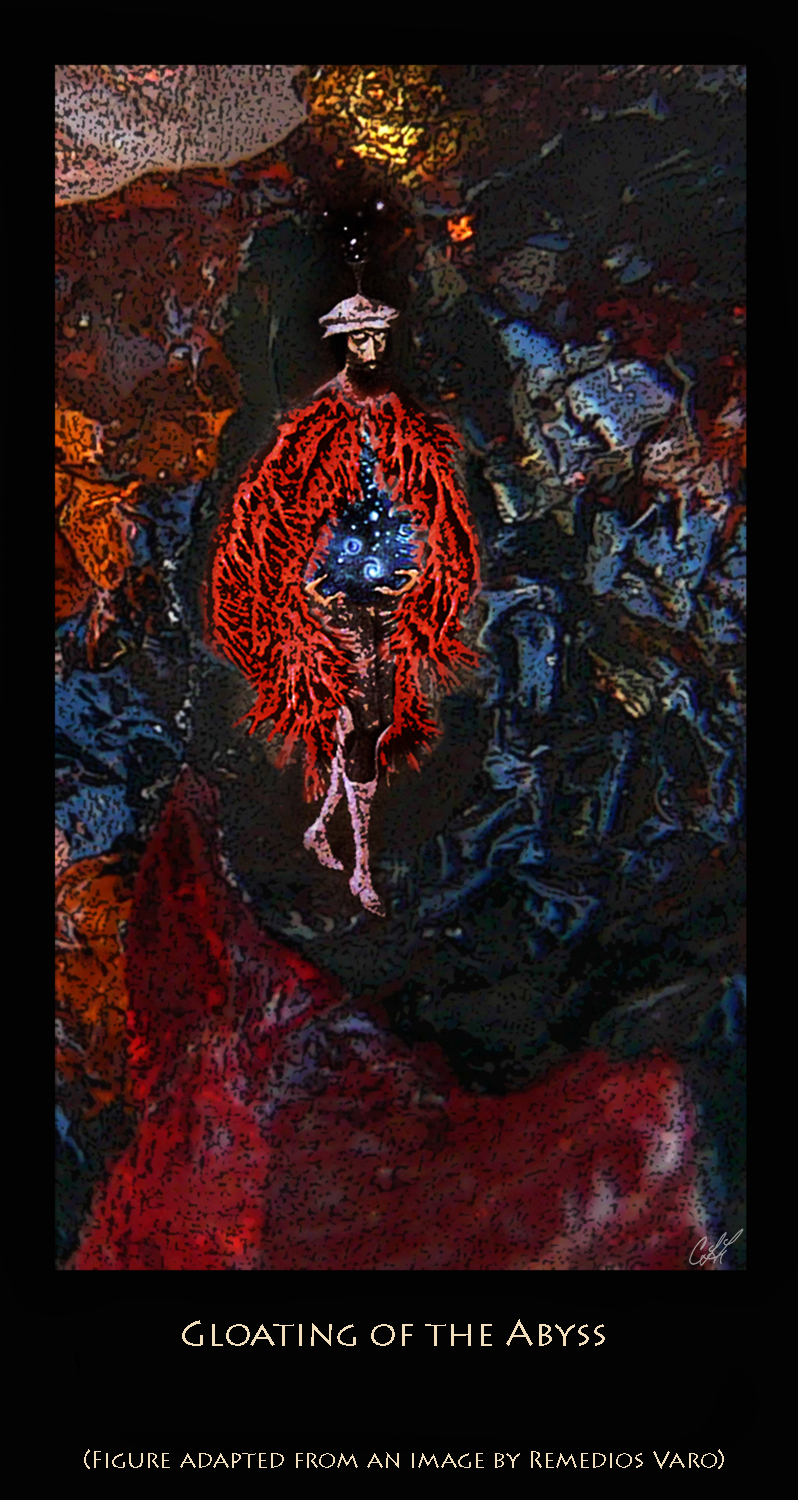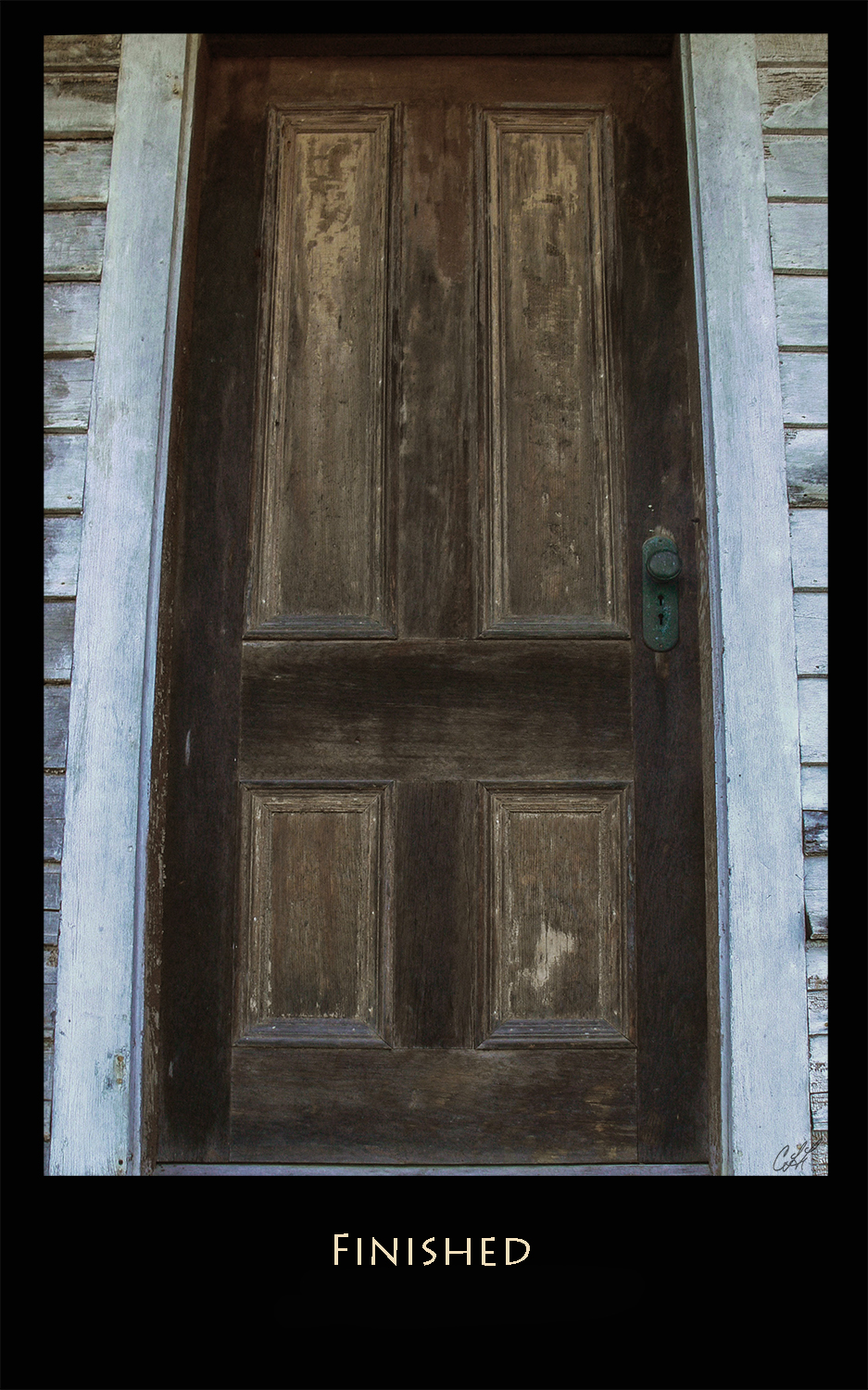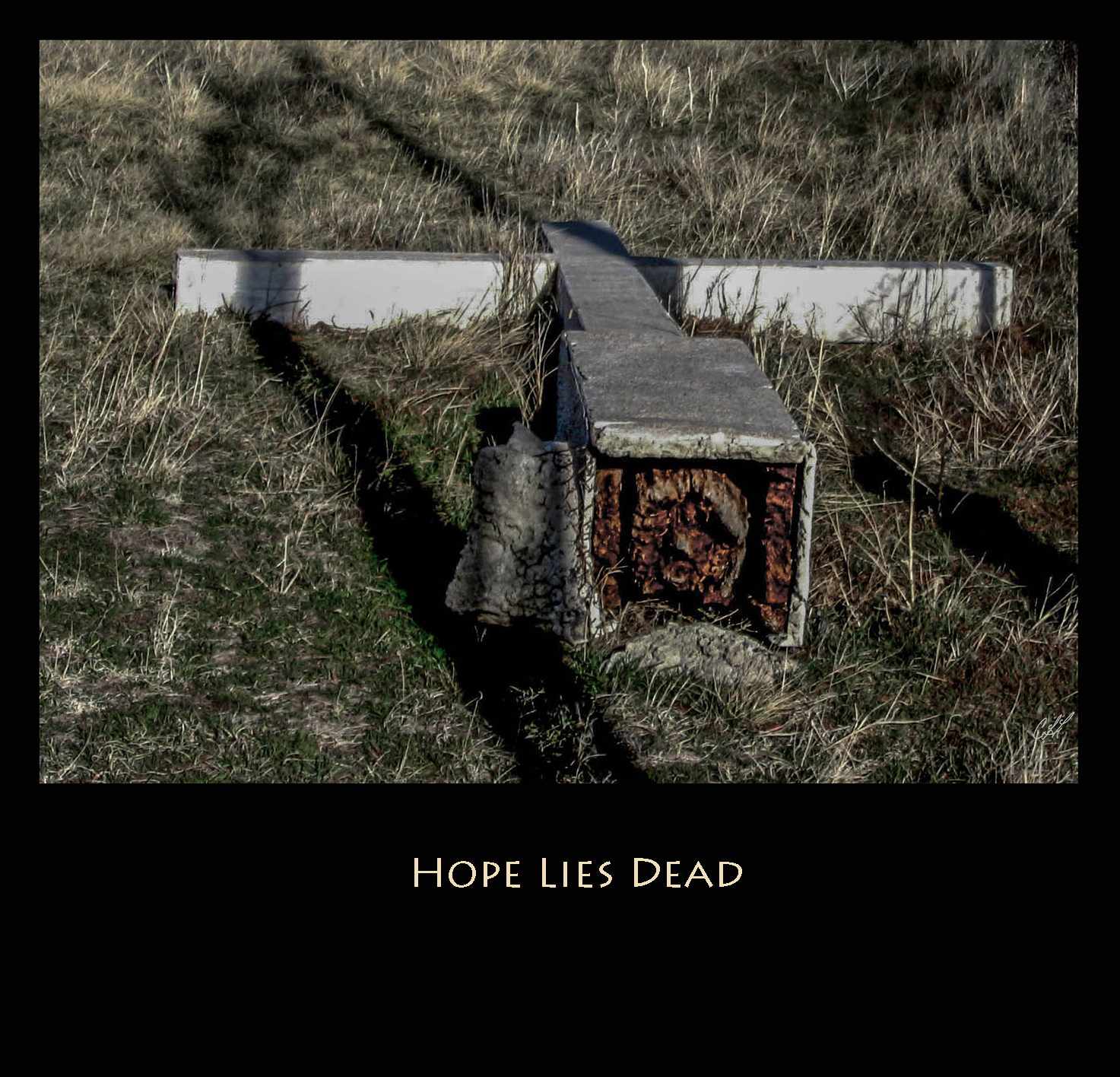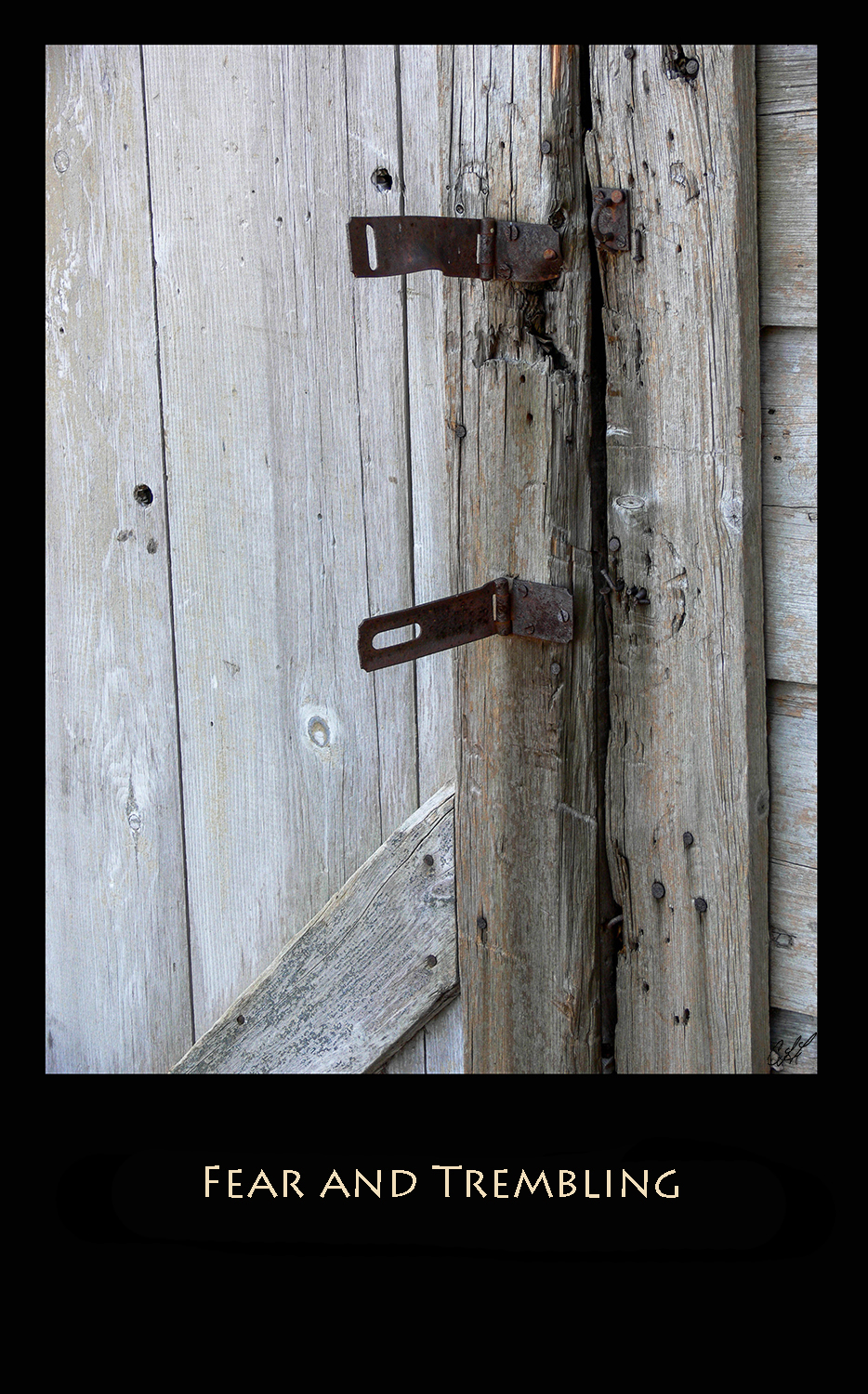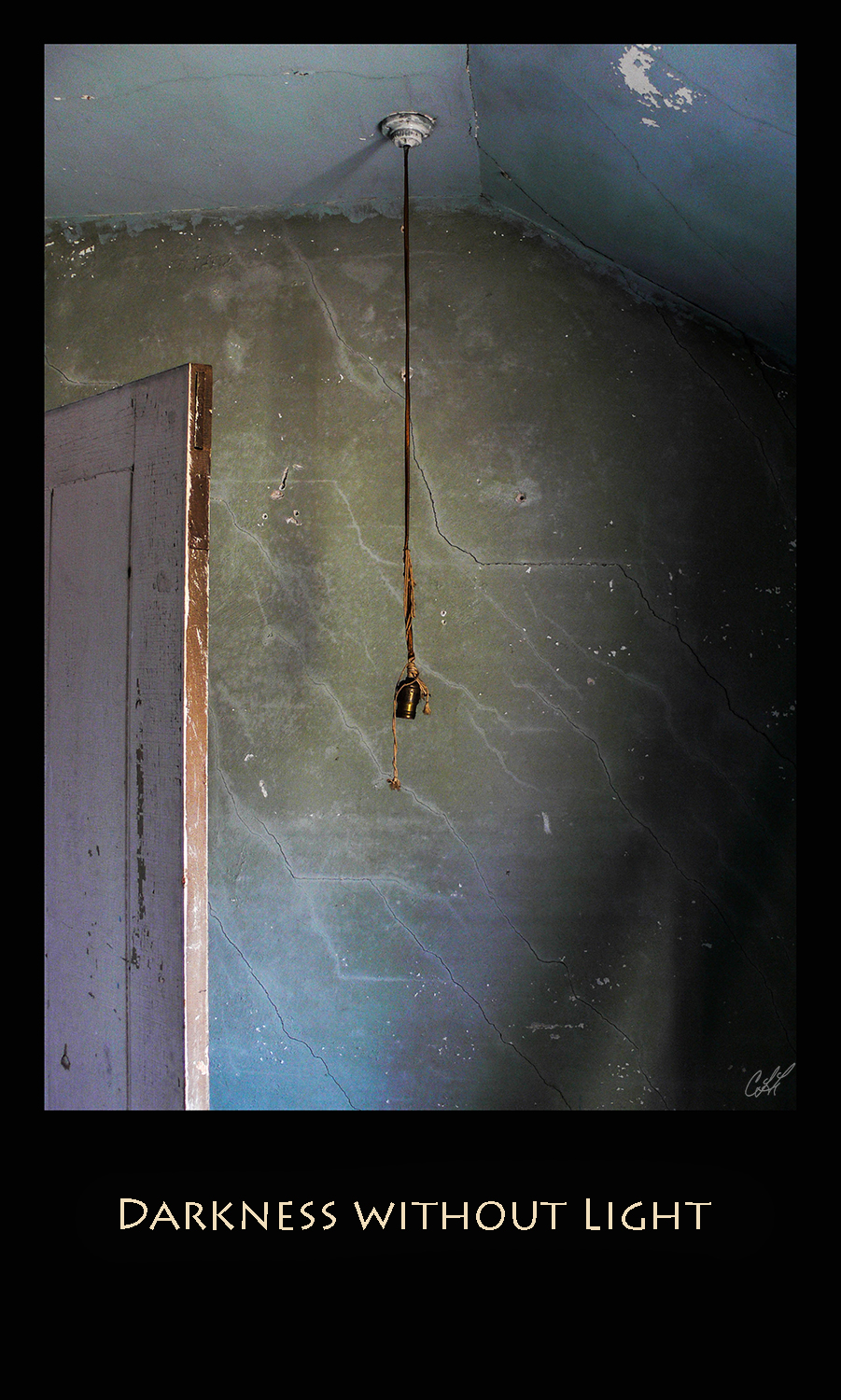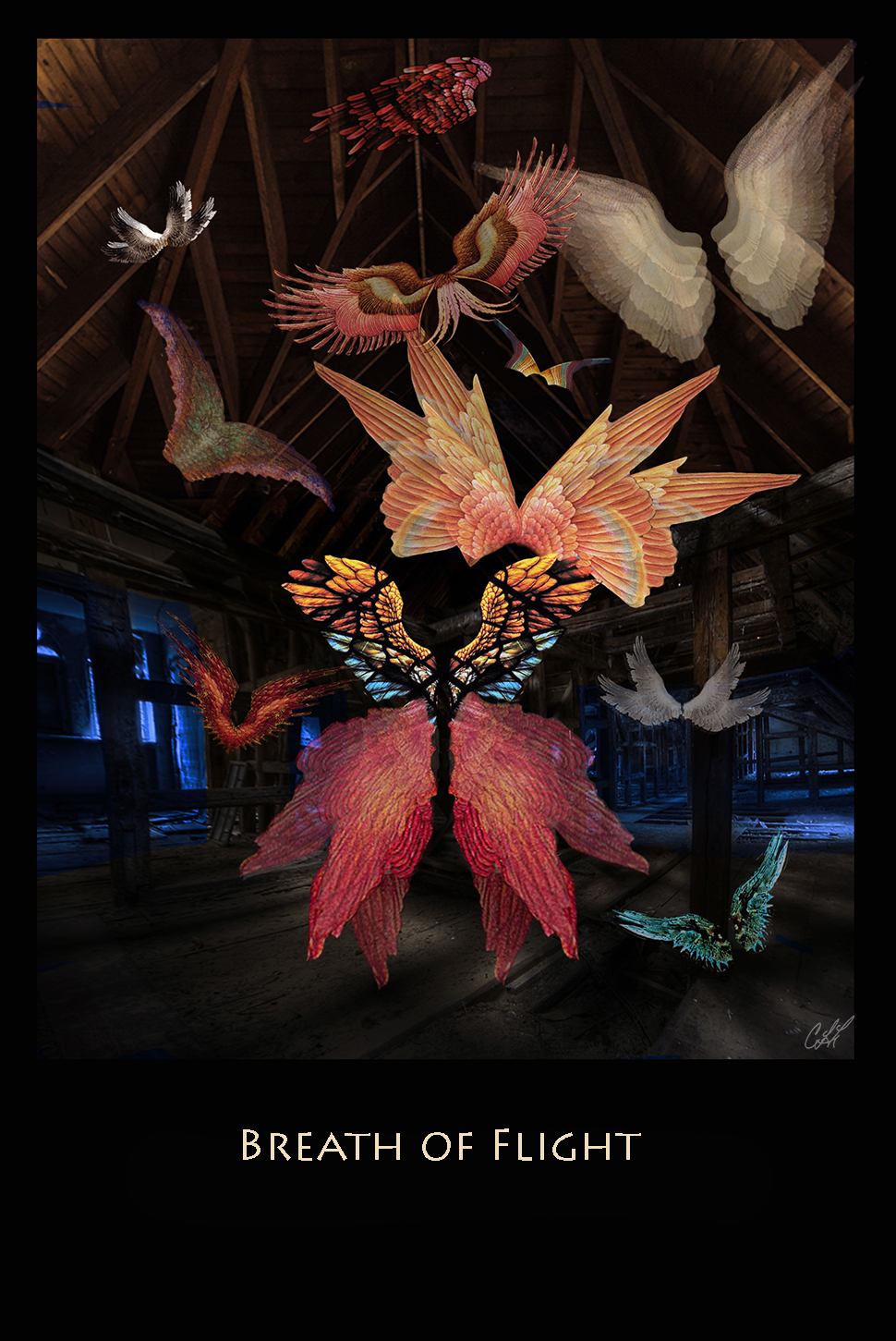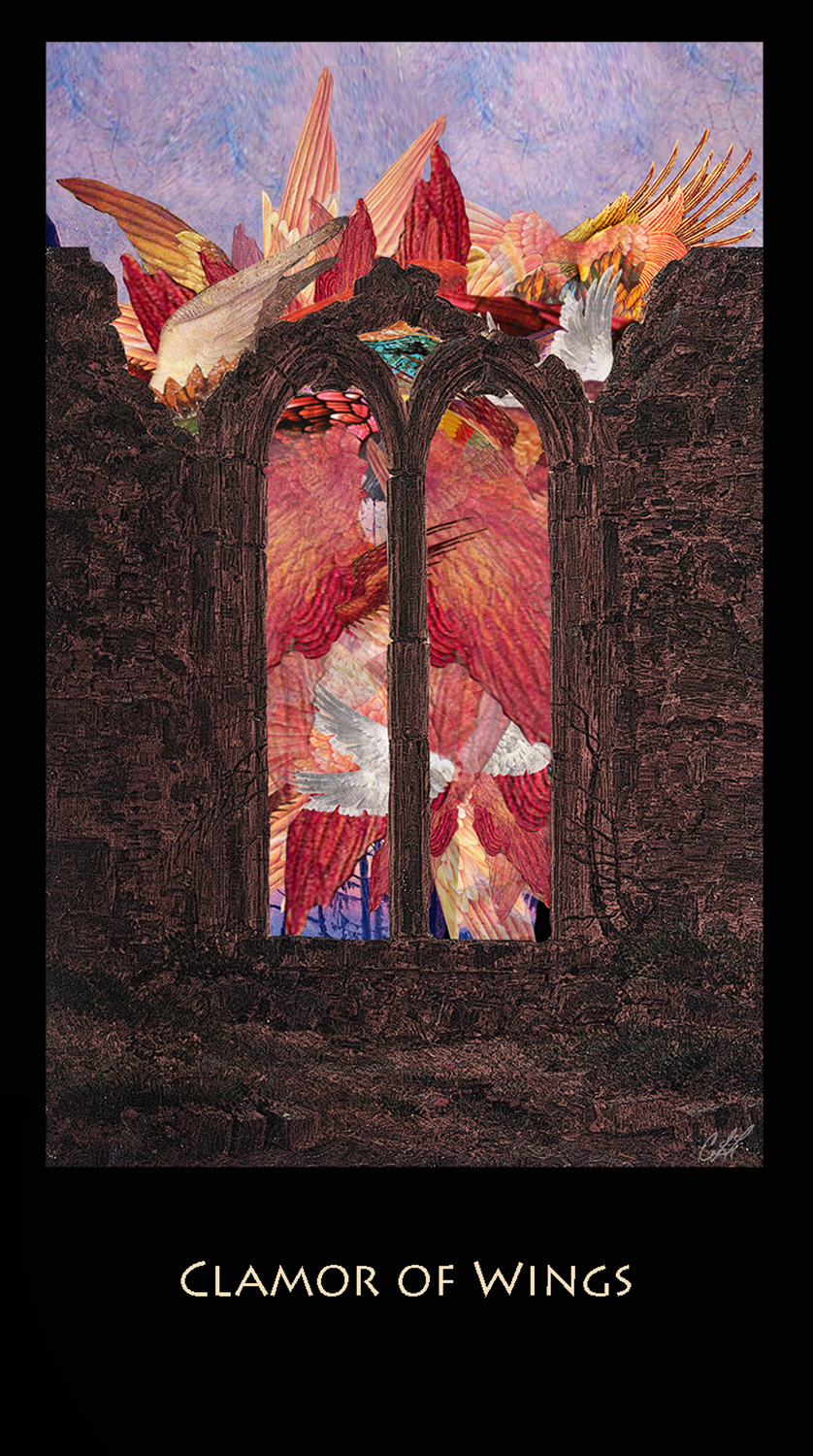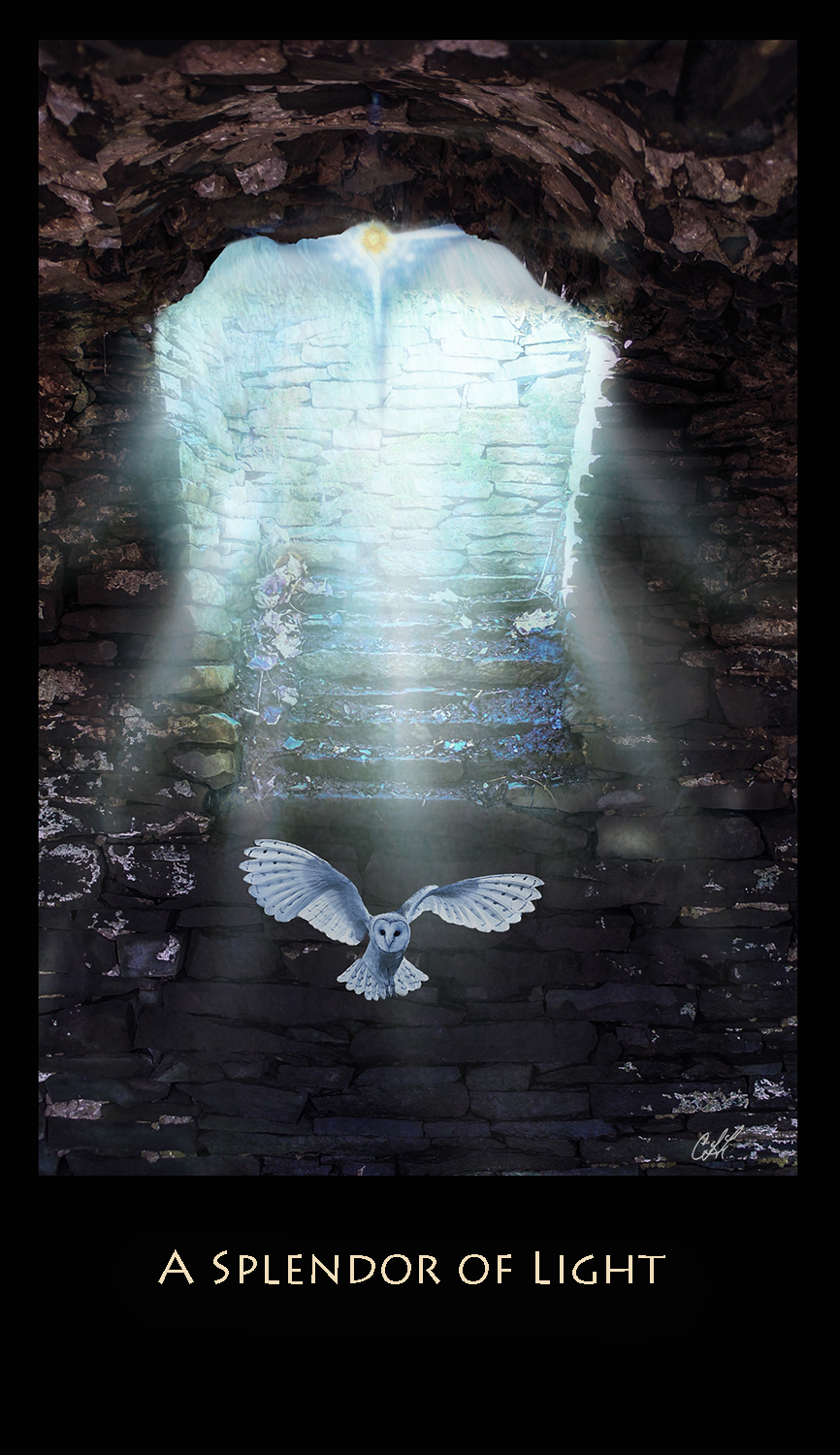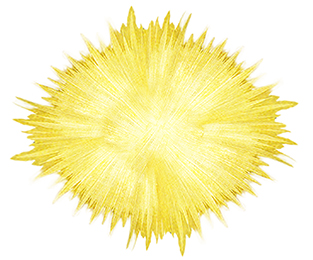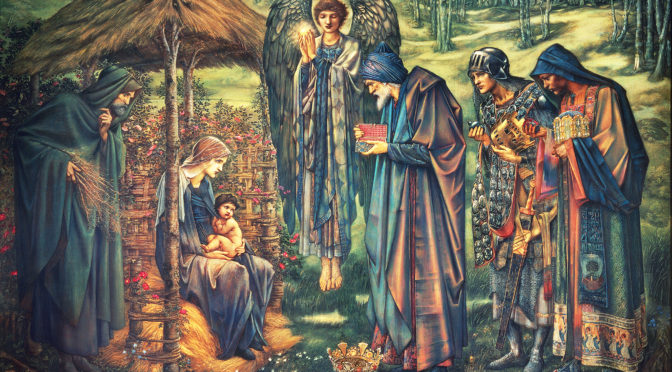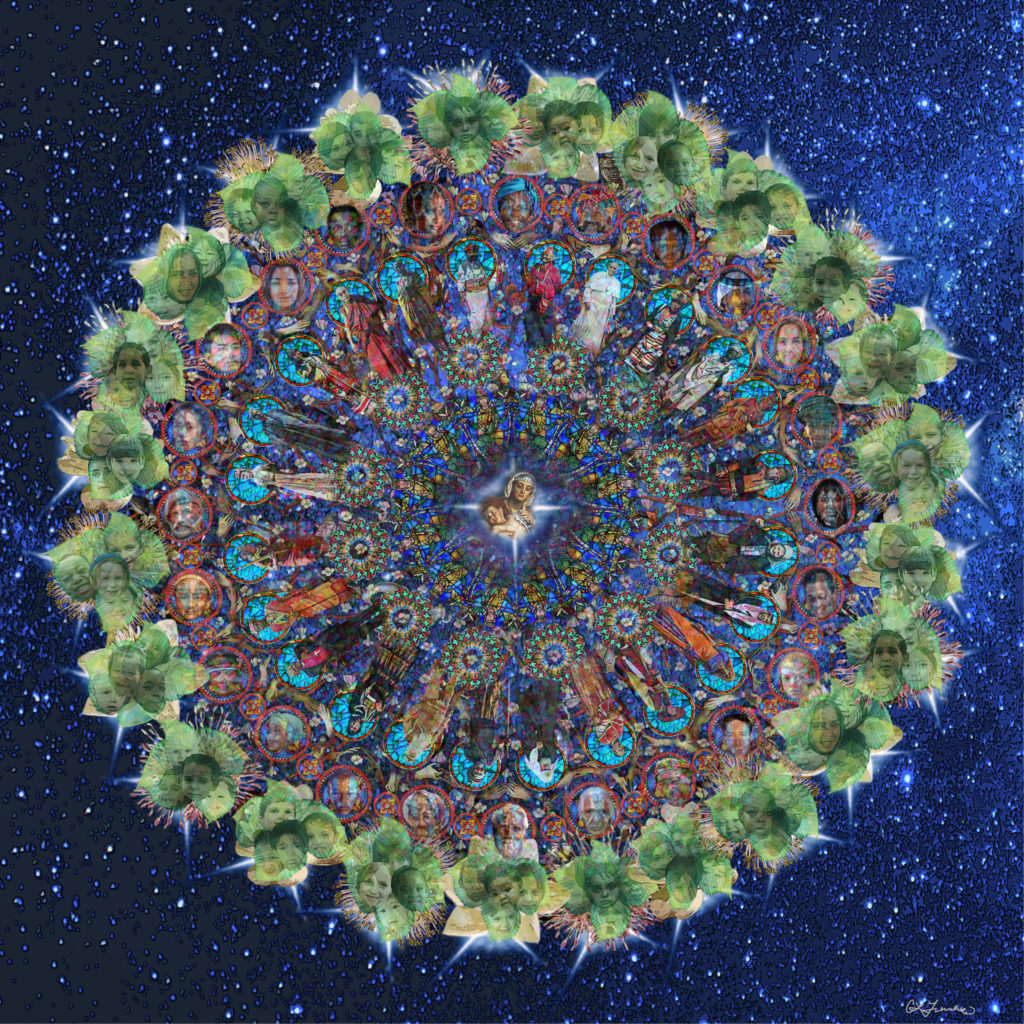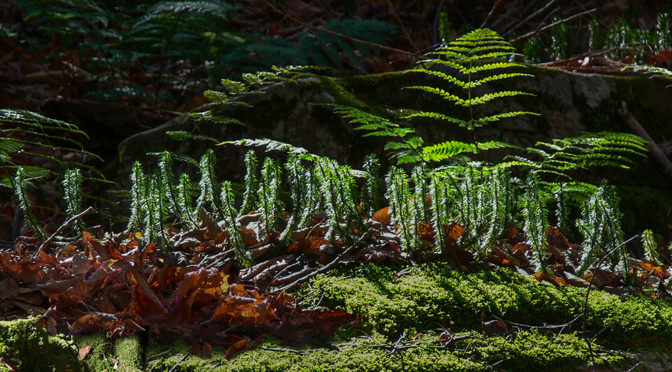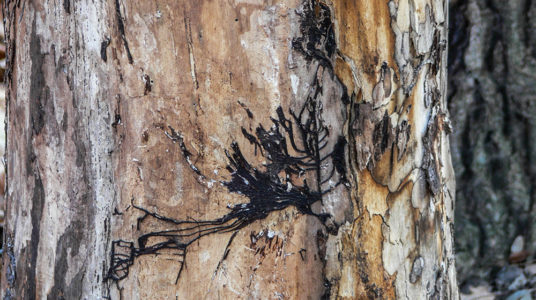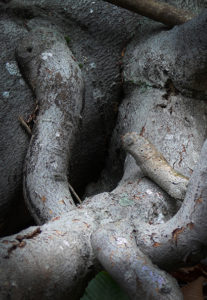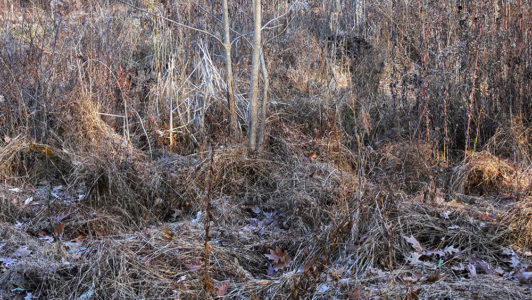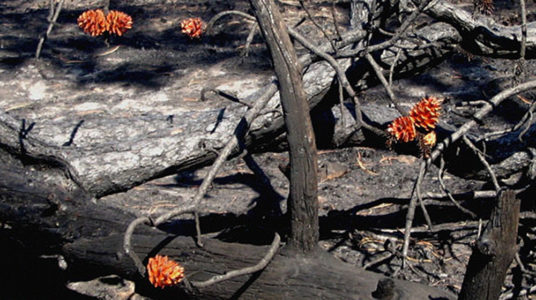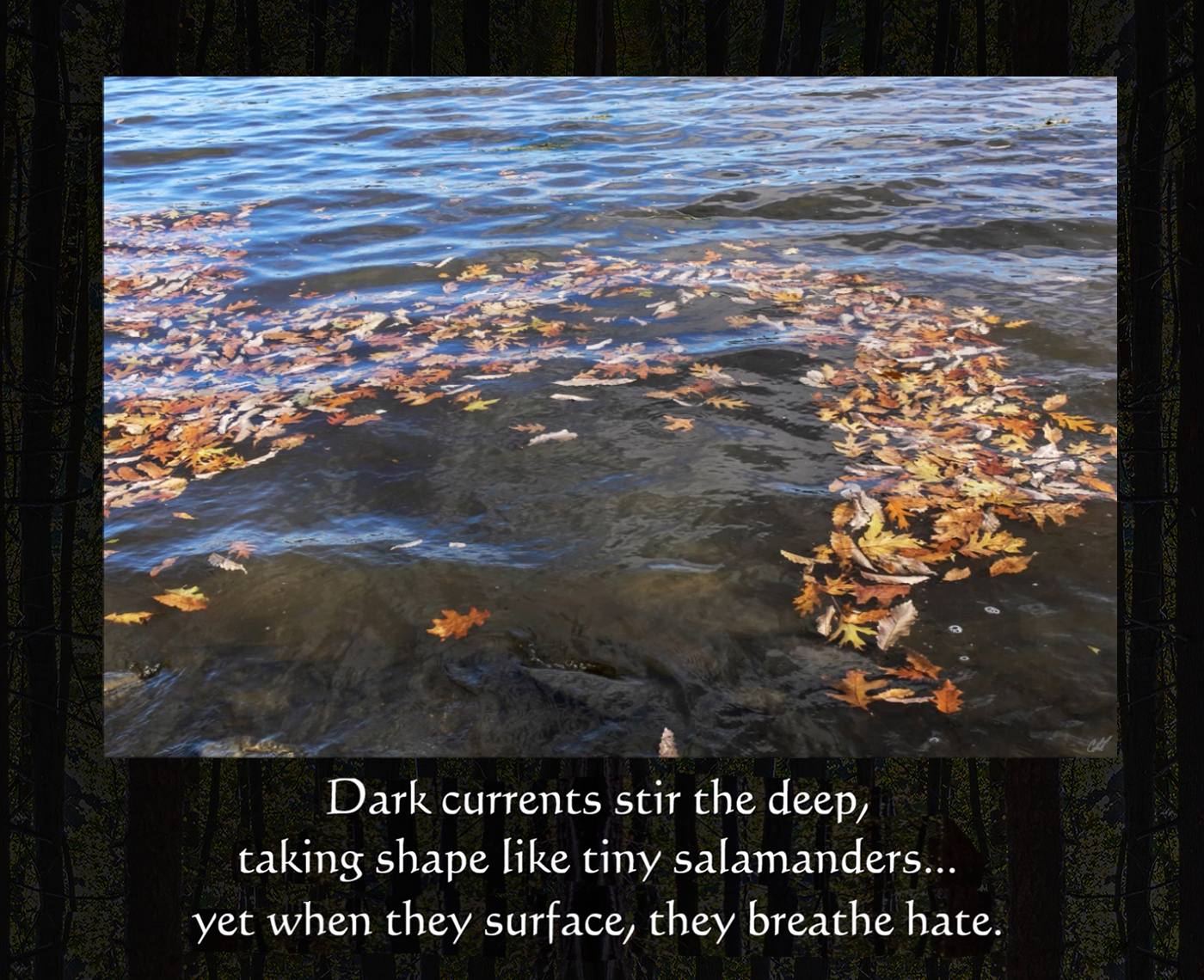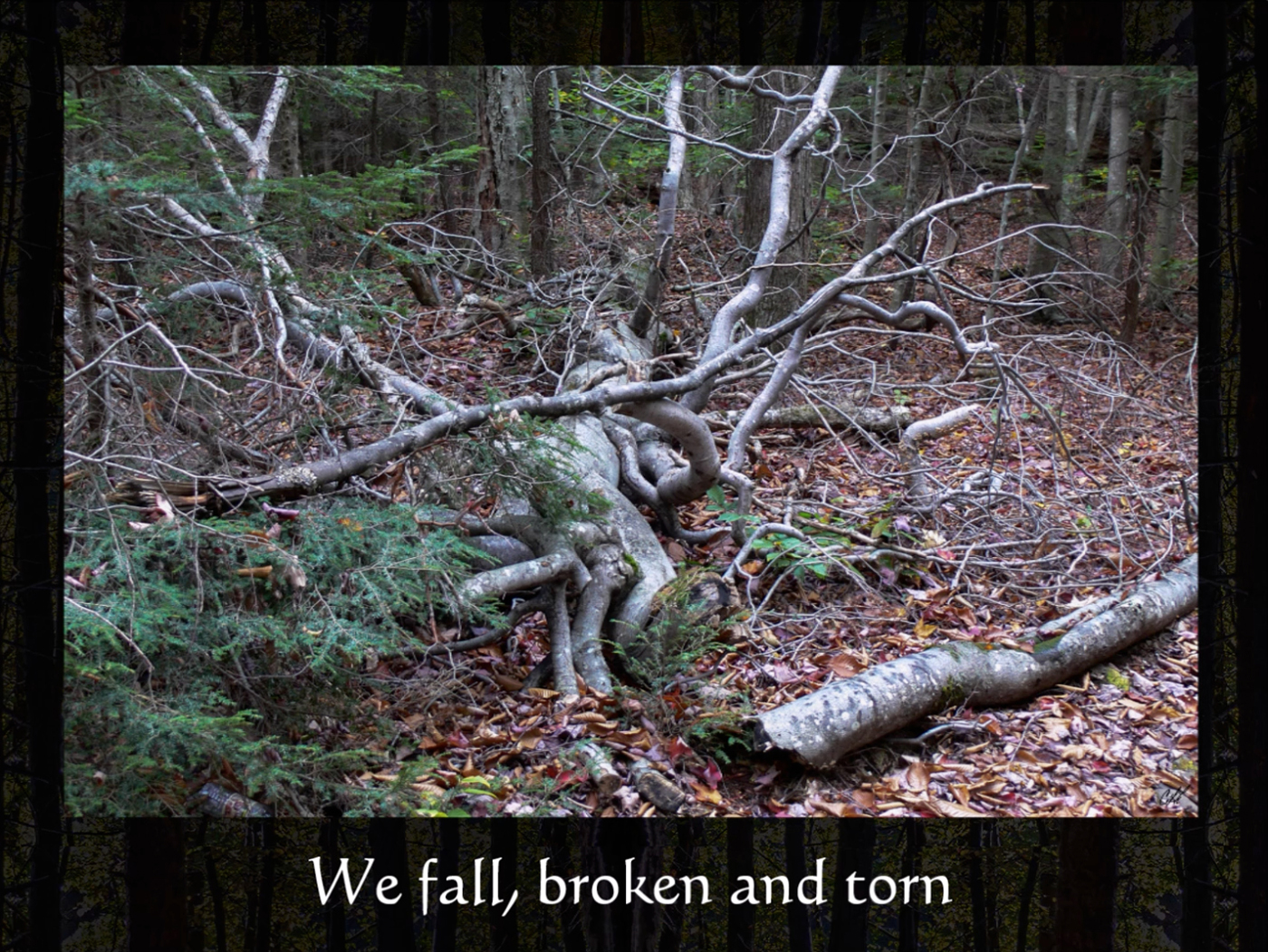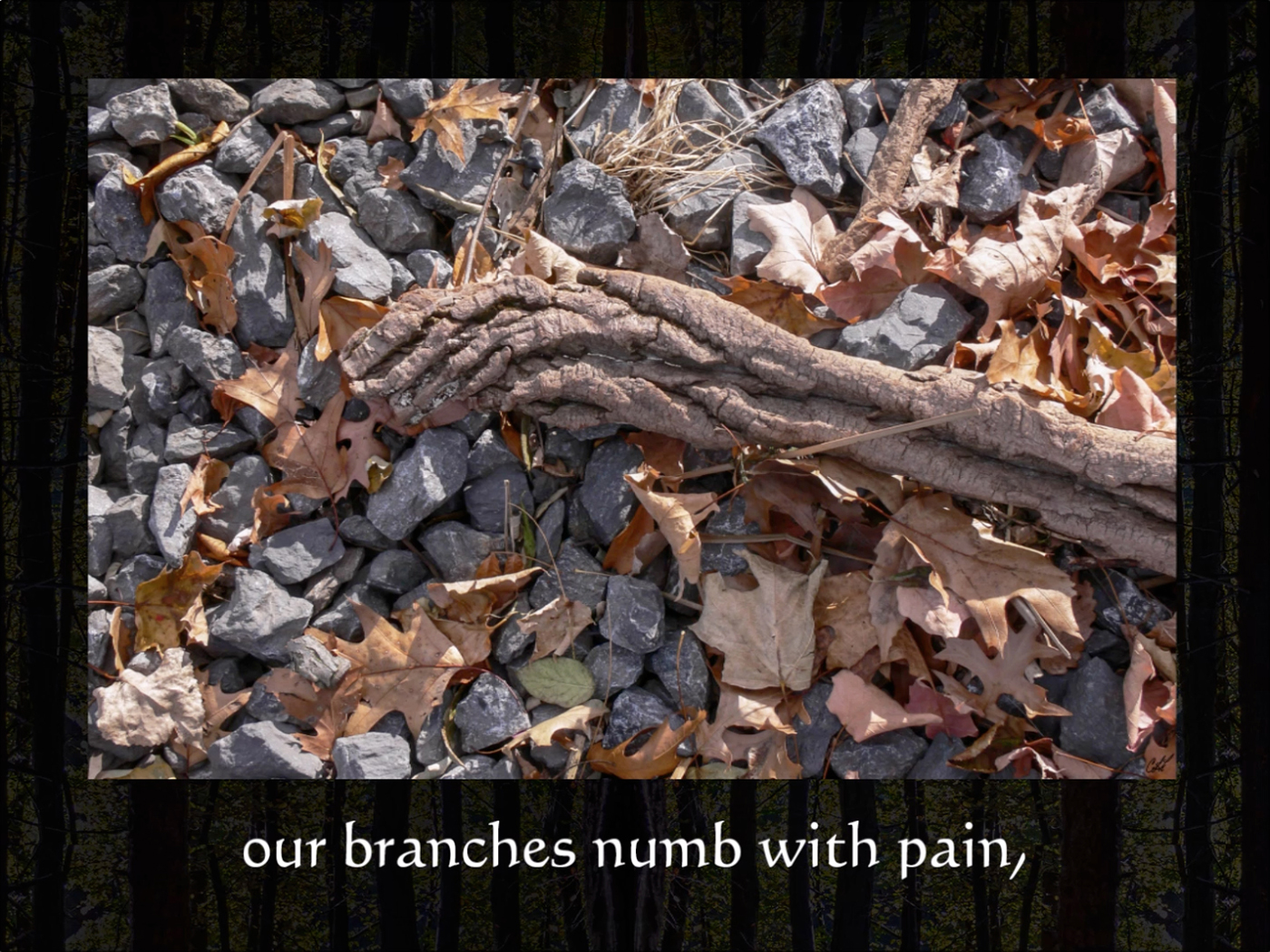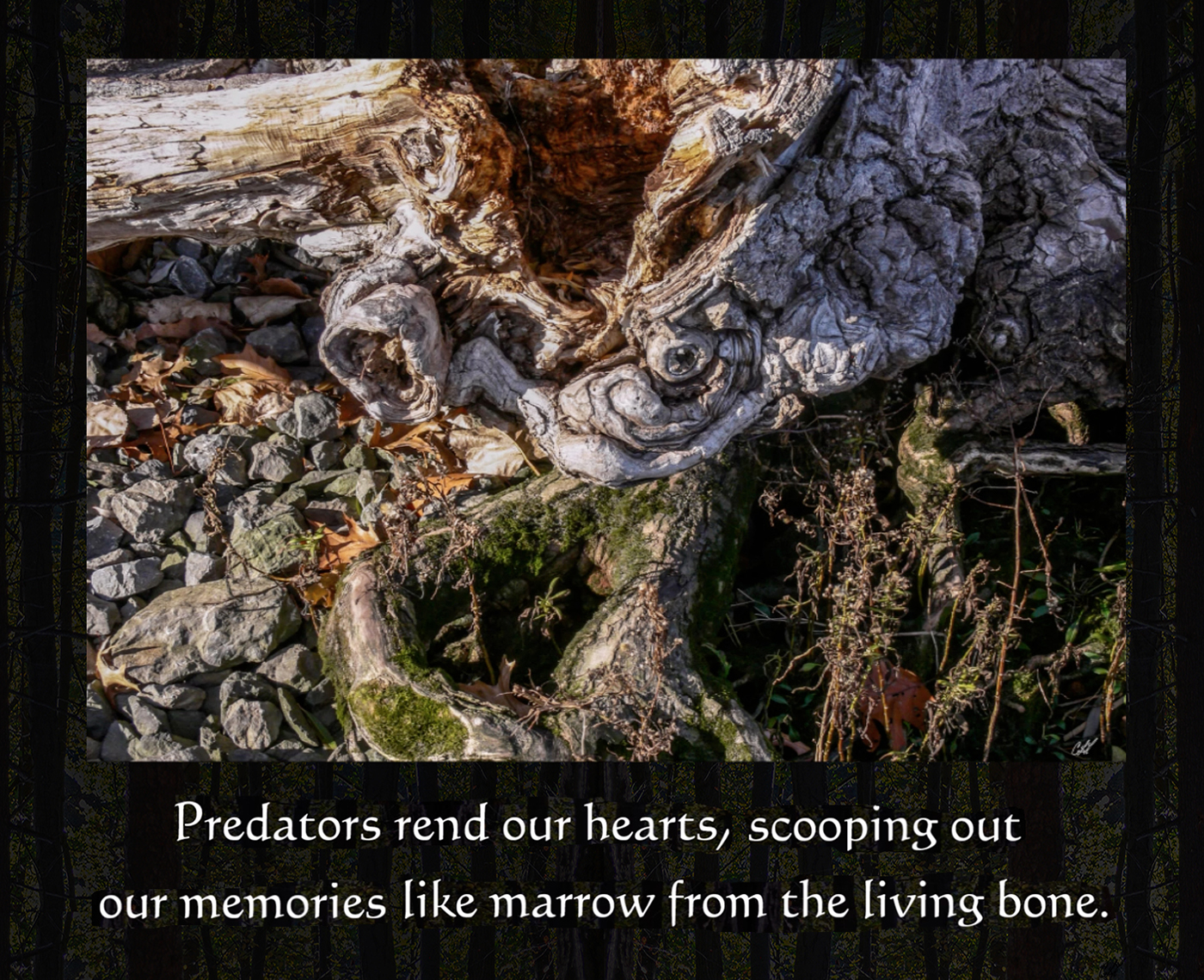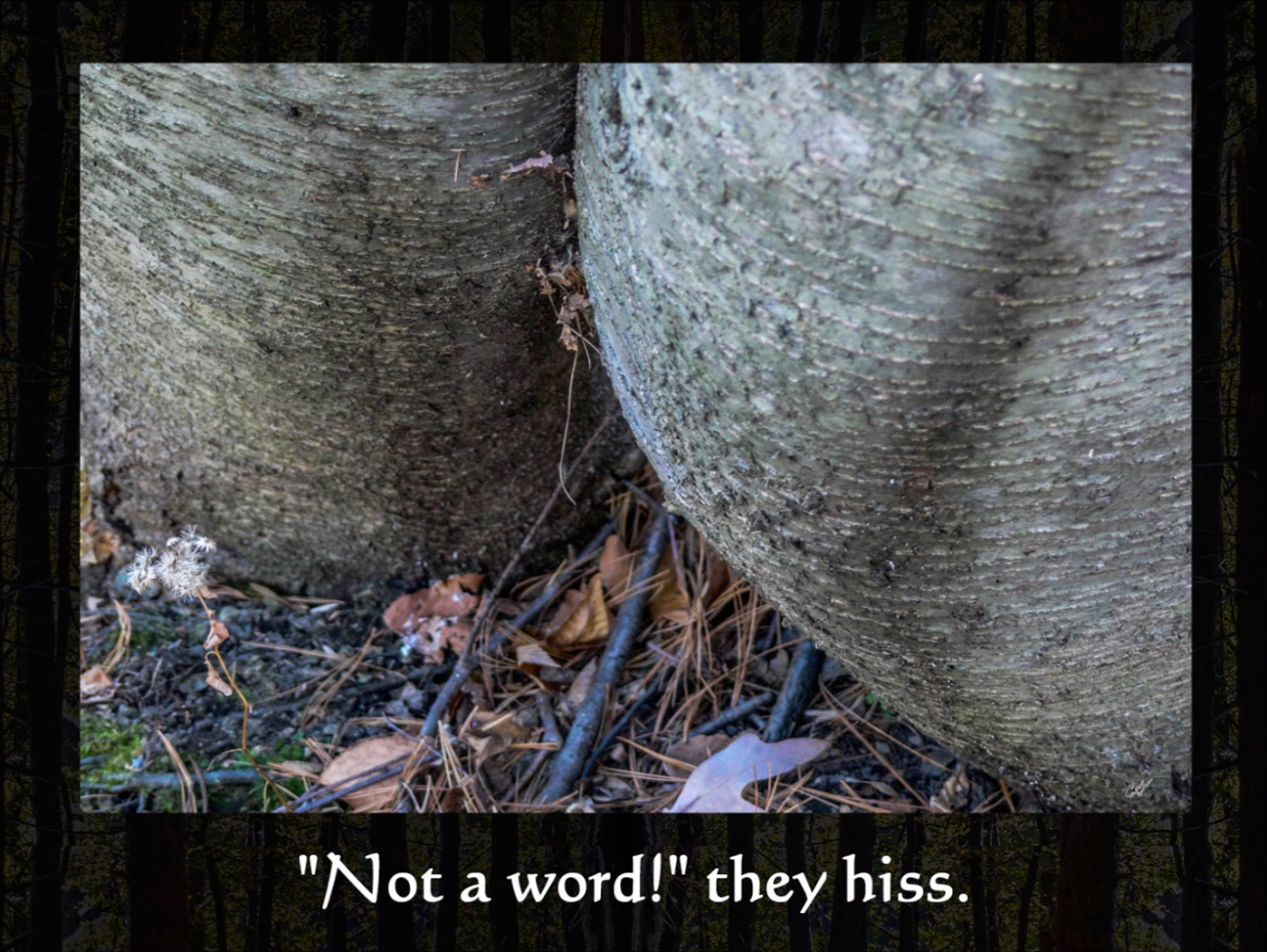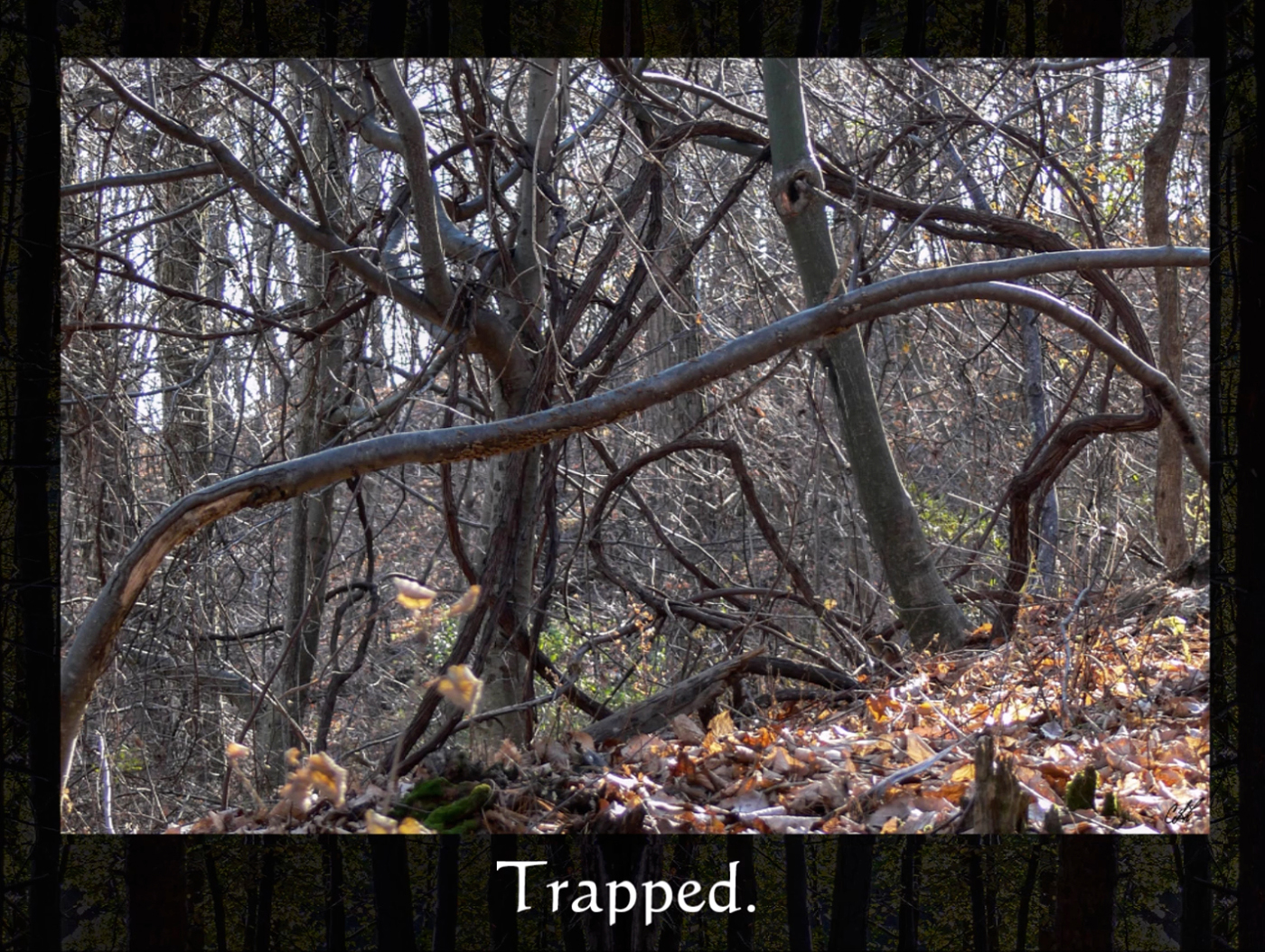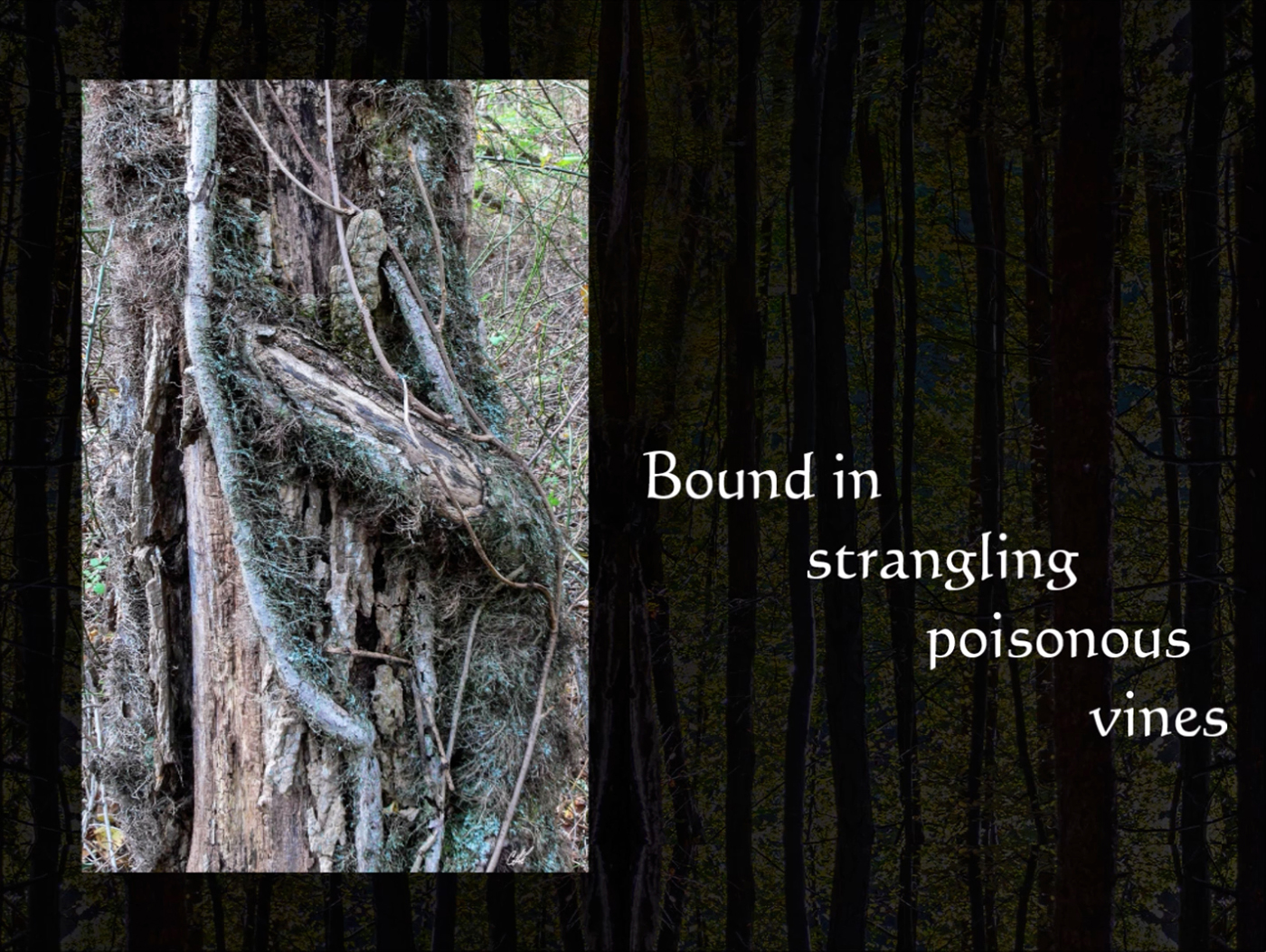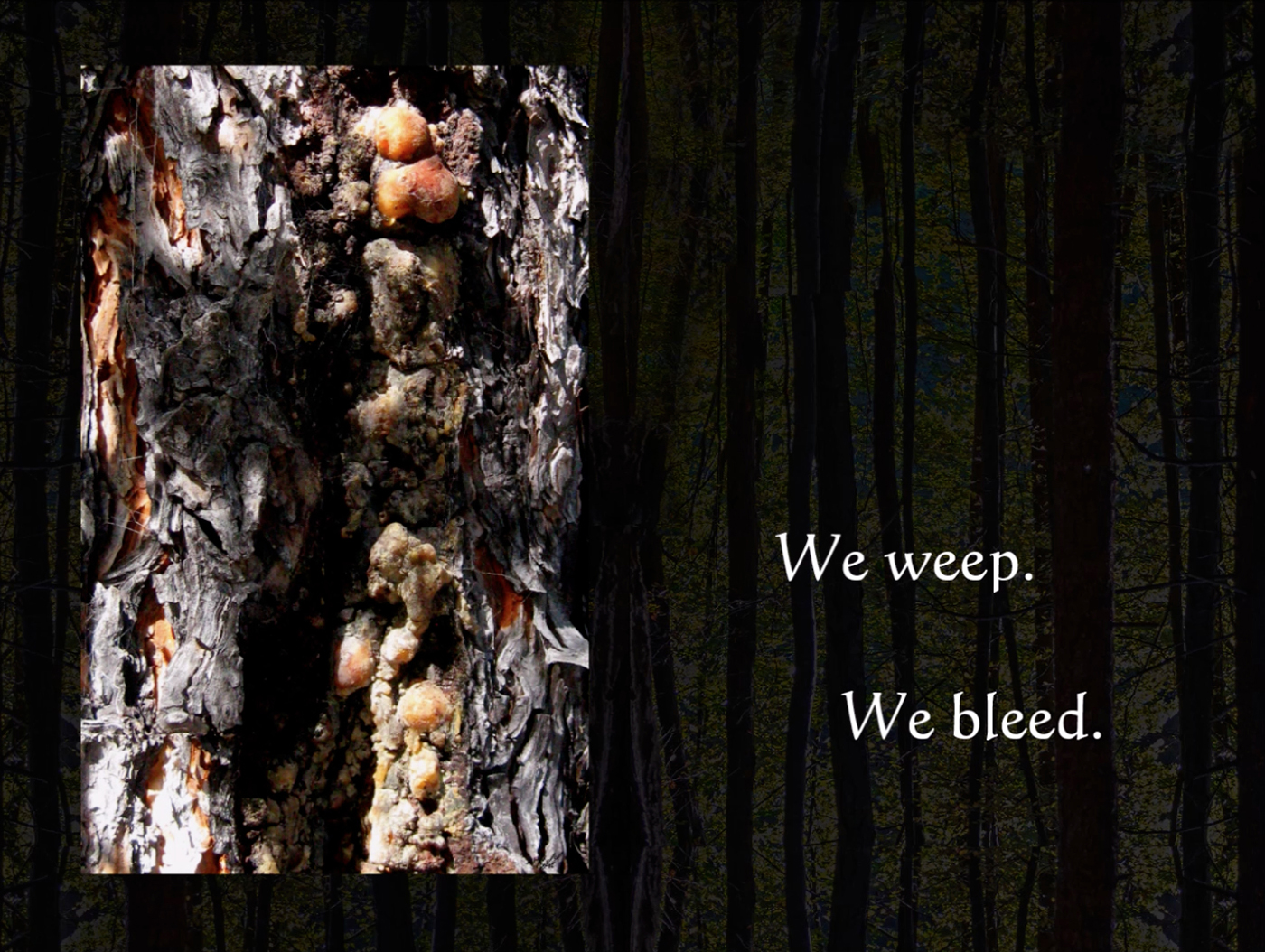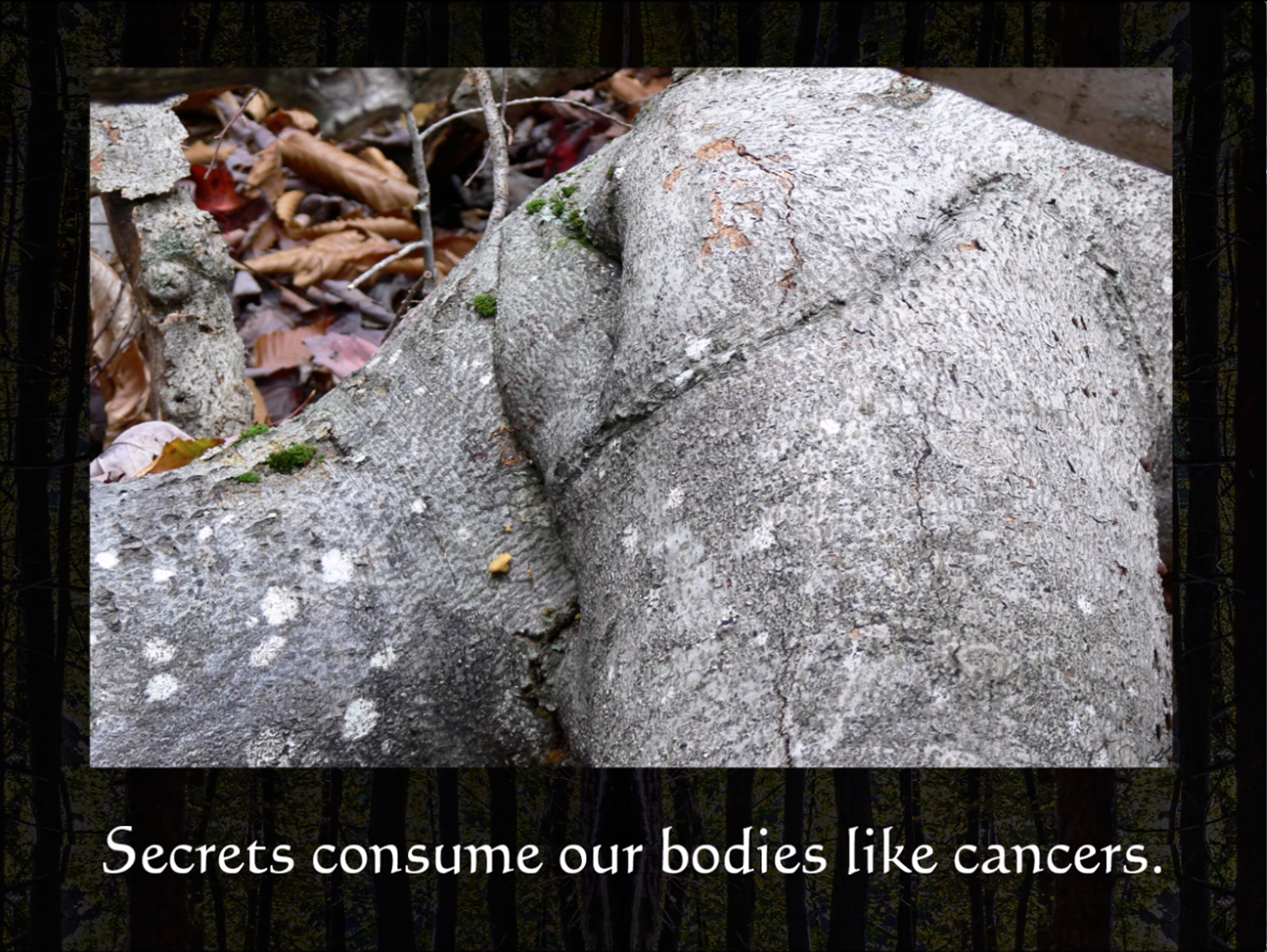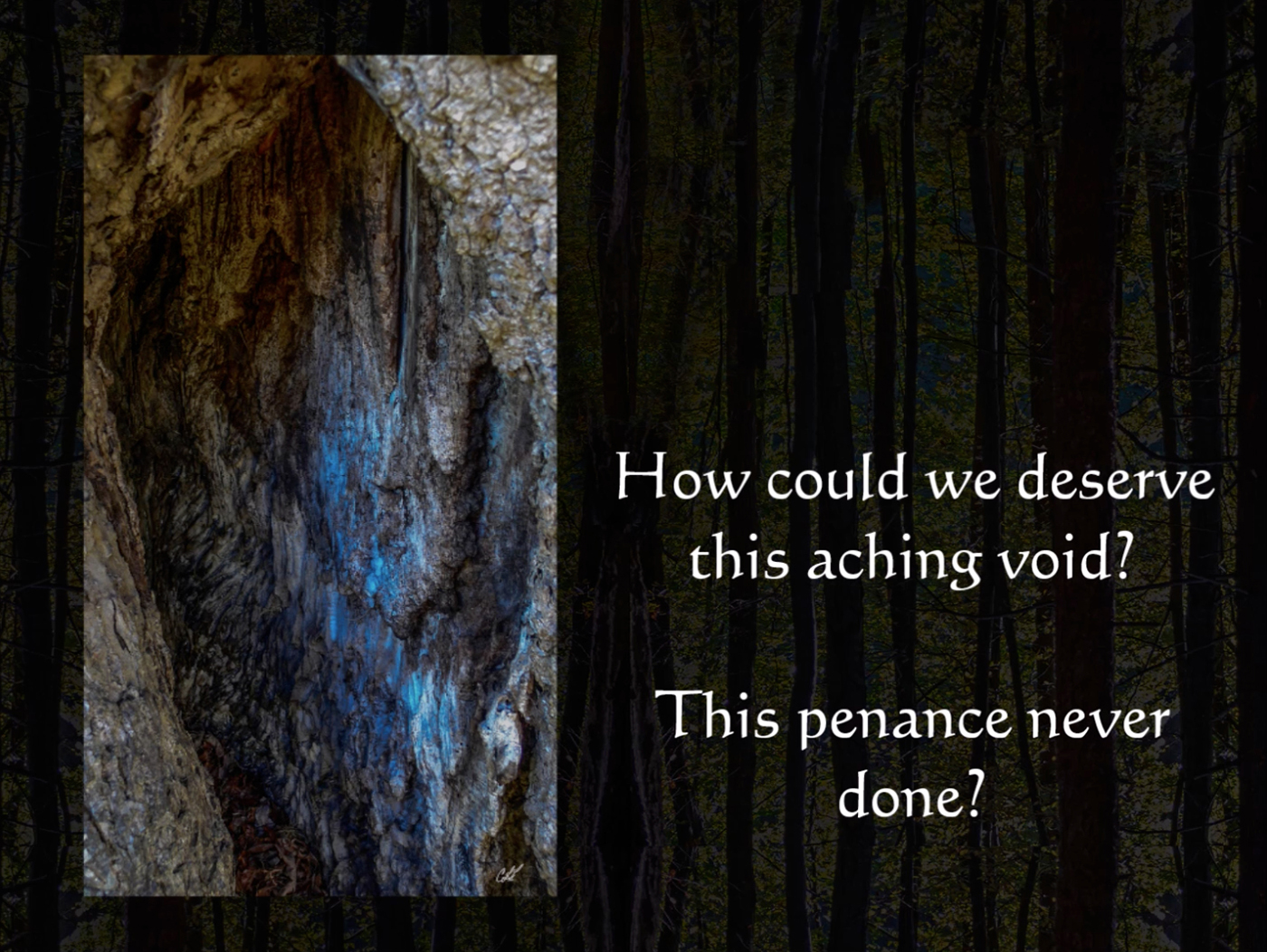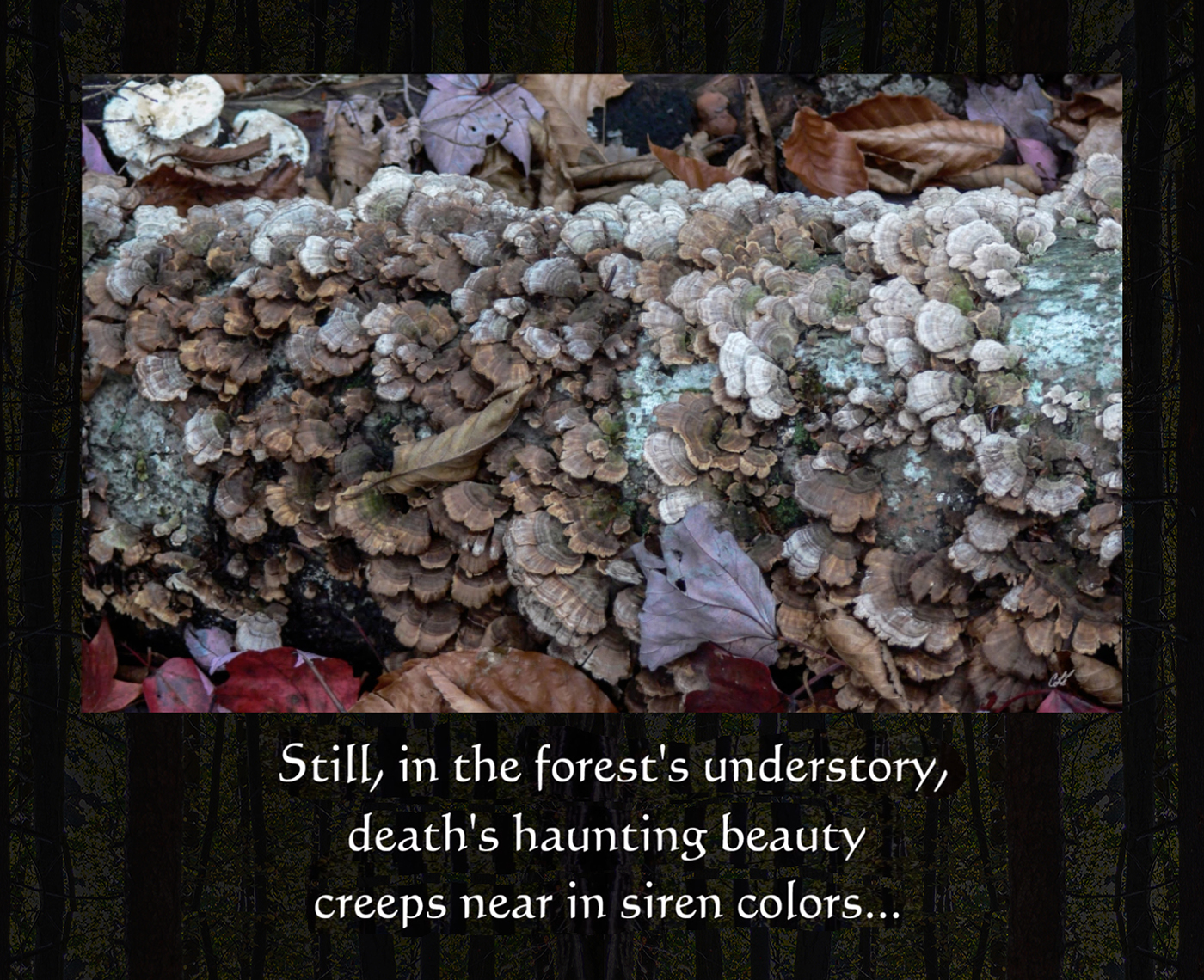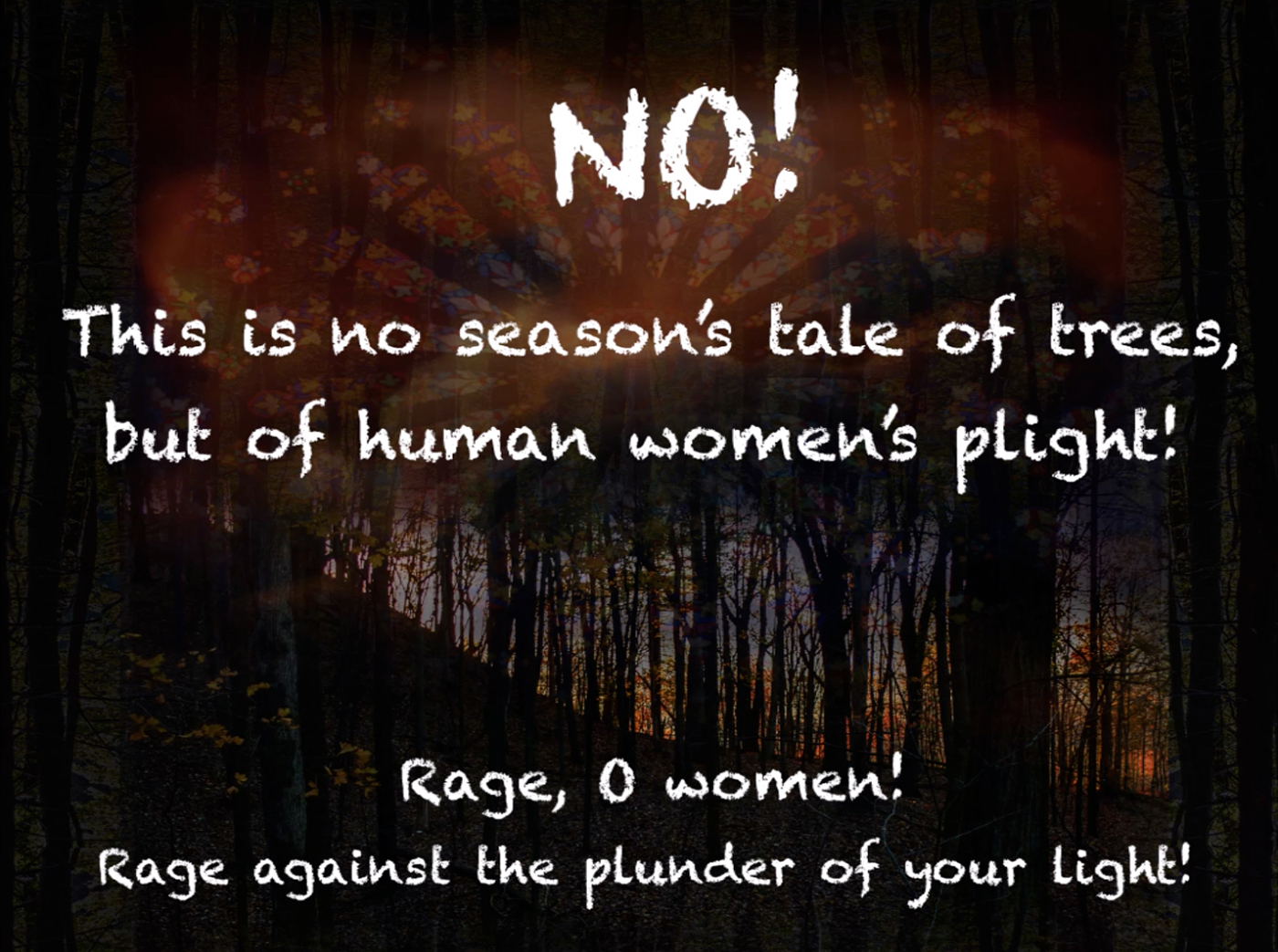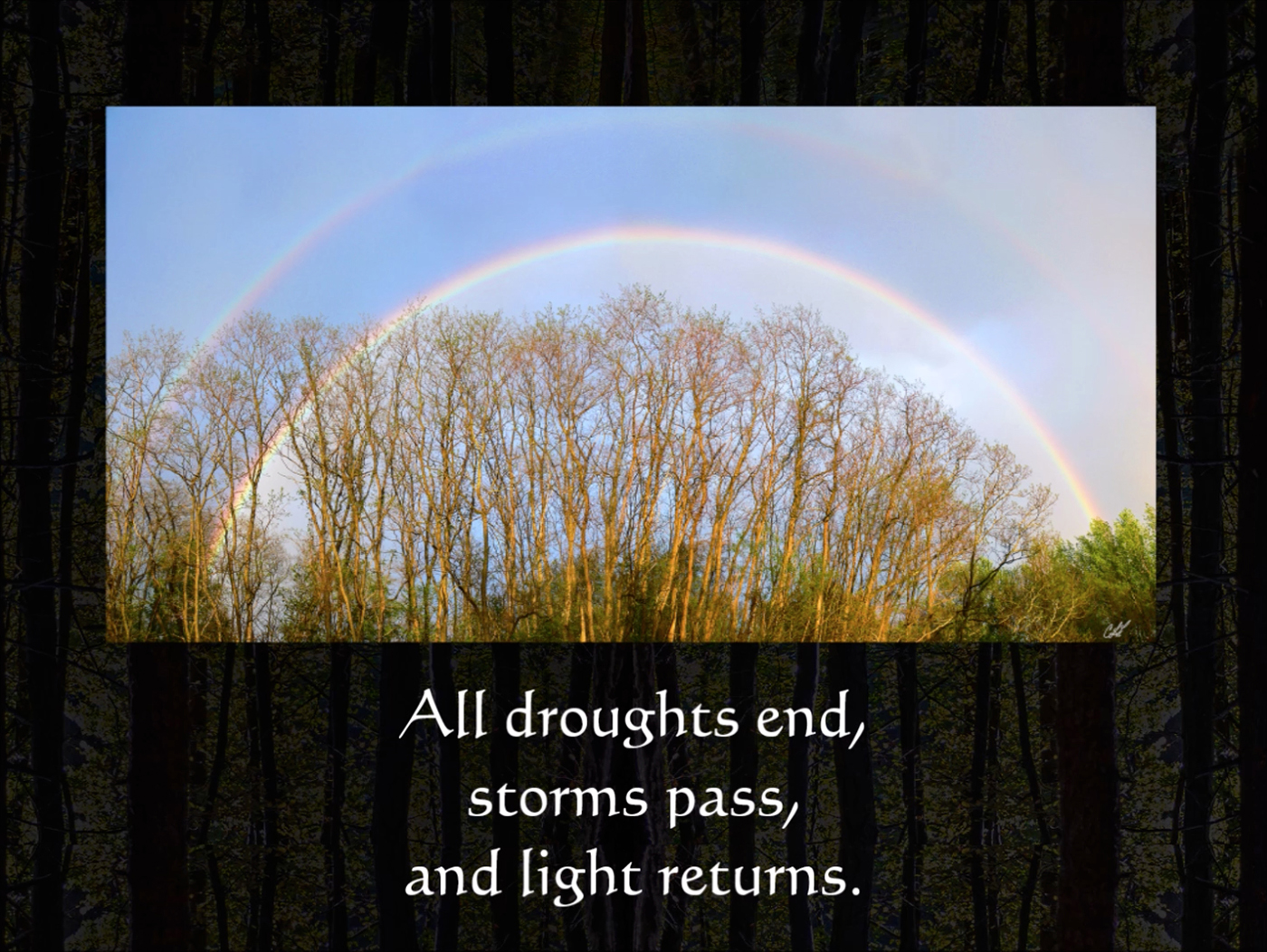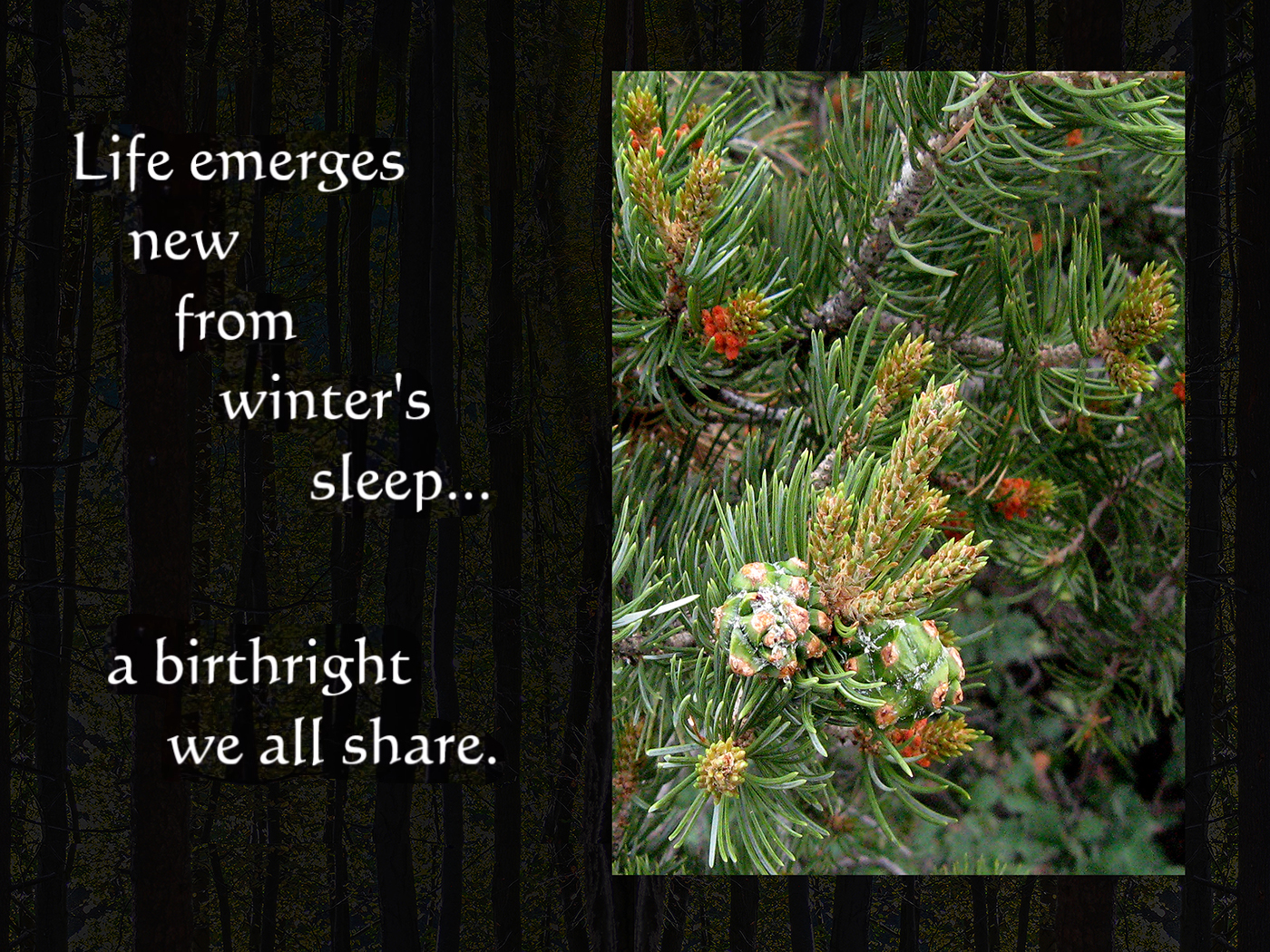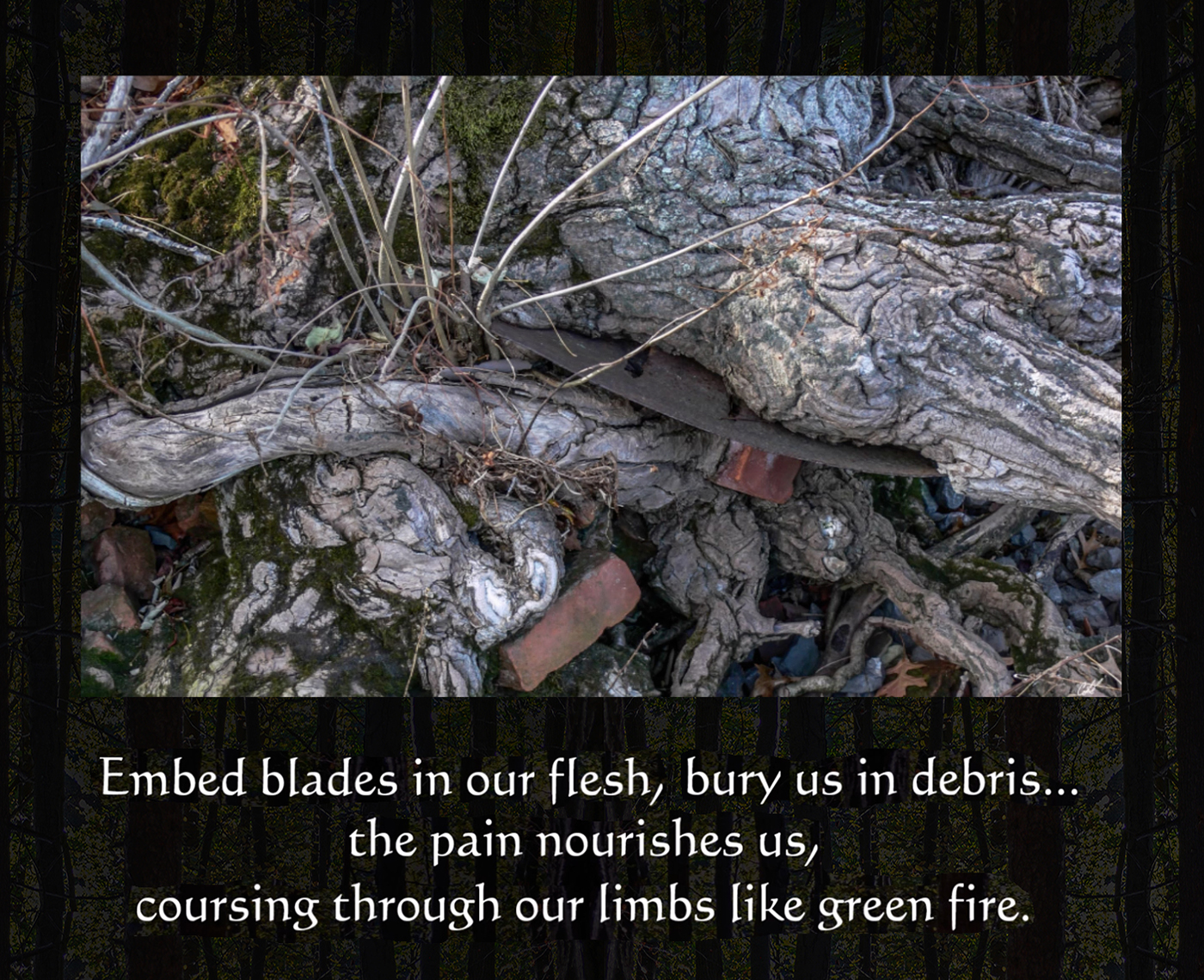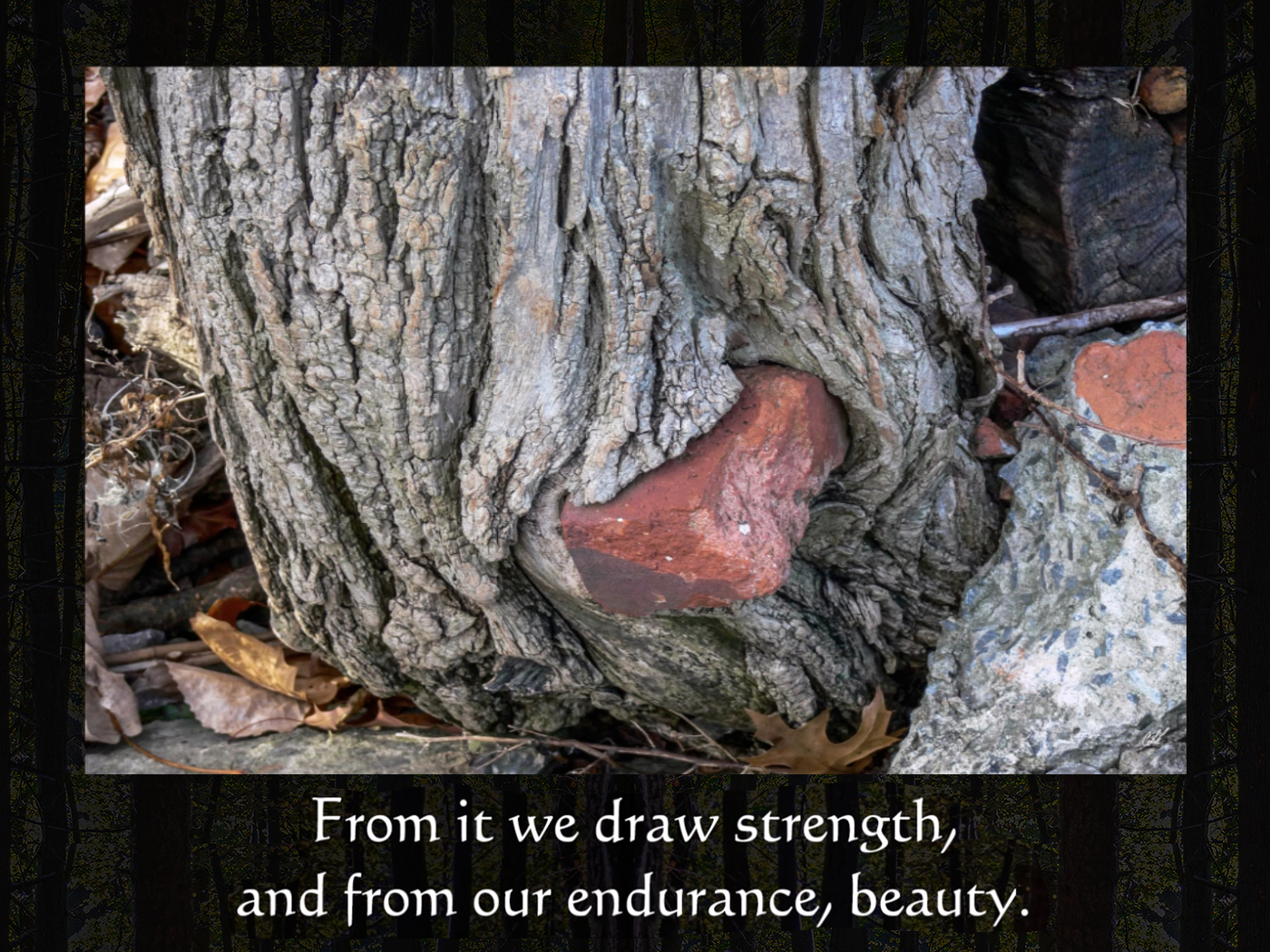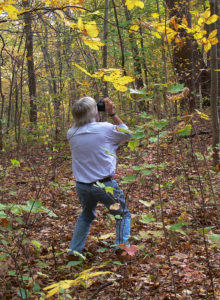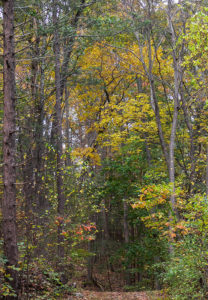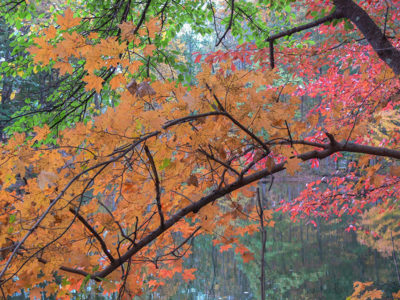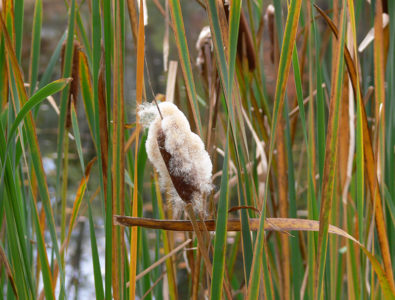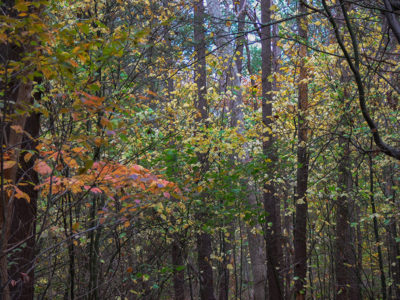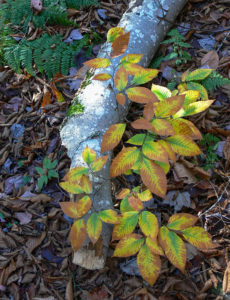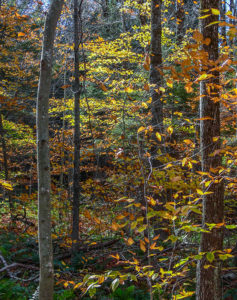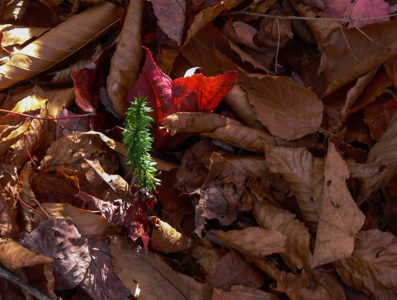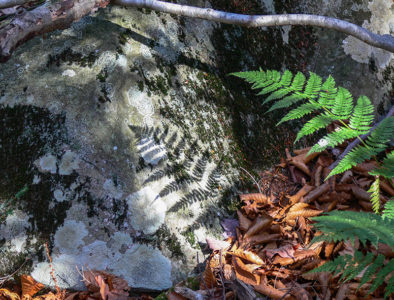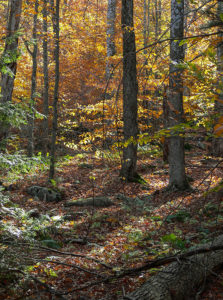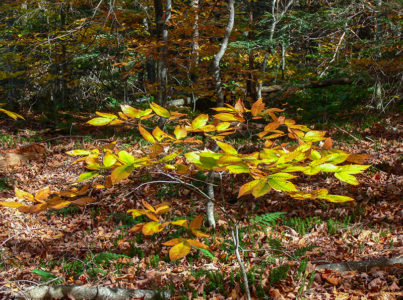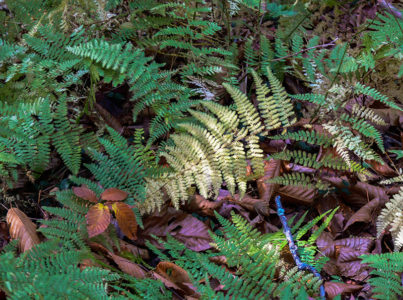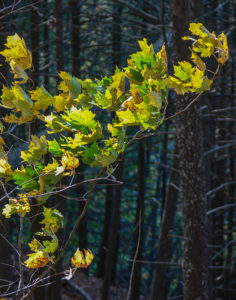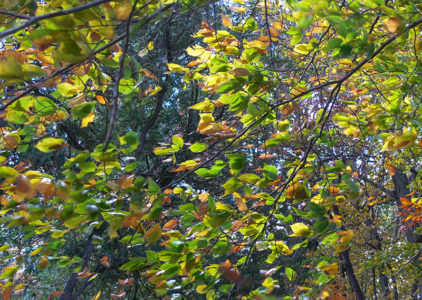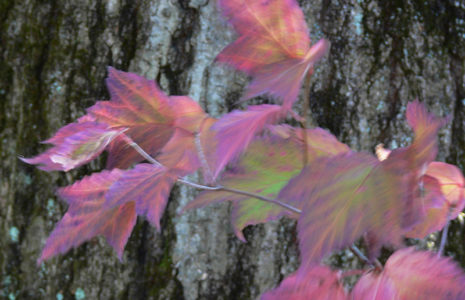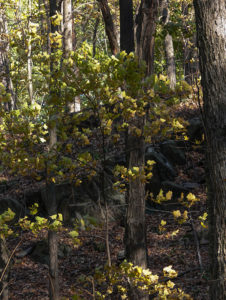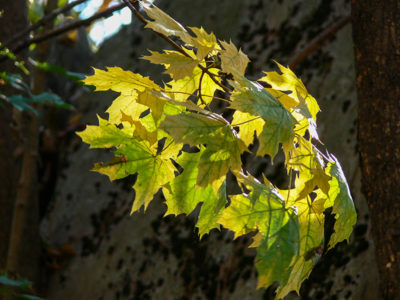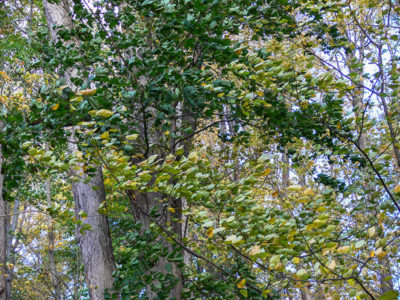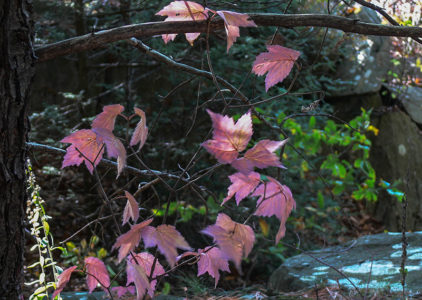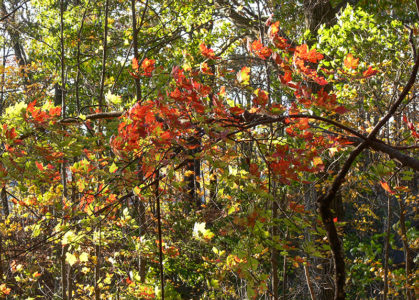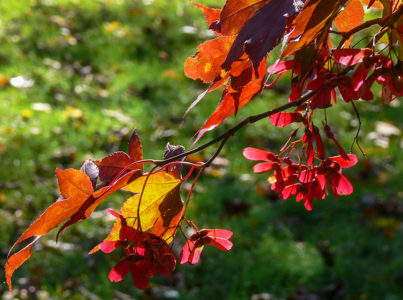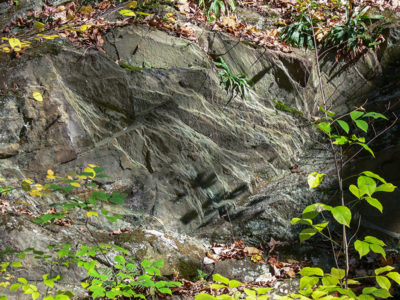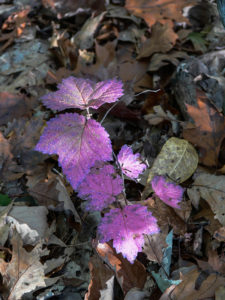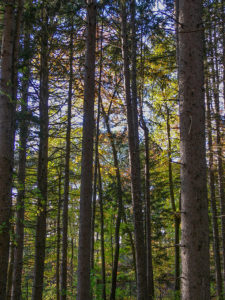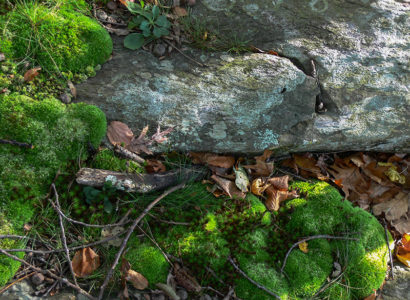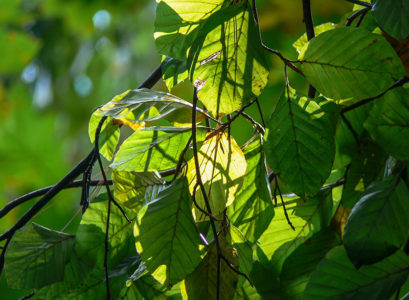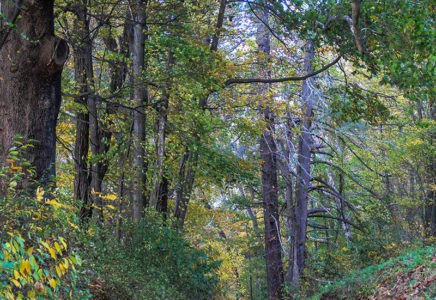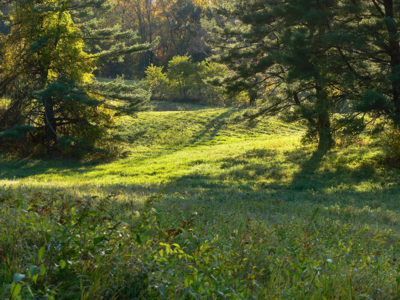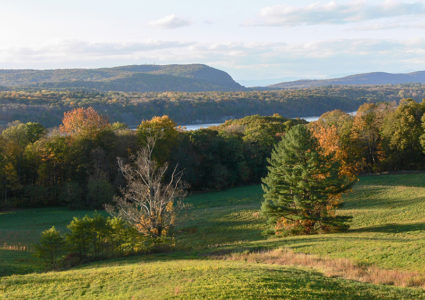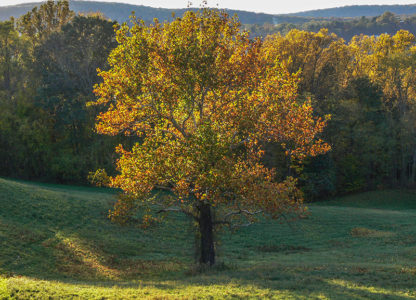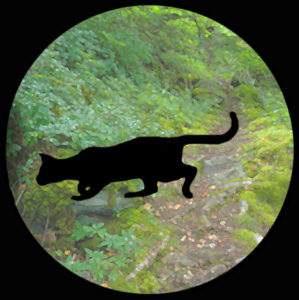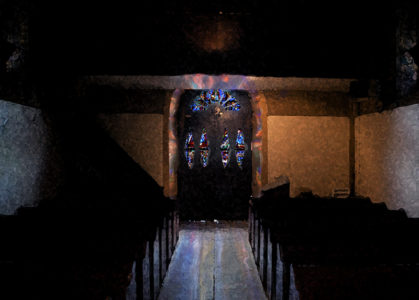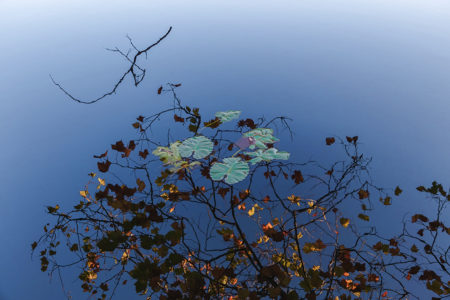
Almost 2 years have passed since I last posted any personal updates—2 years of confusion, anger—and grace. Most amazingly, I do NOT have Lewy body dementia (or any other kind of dementia, for that matter): that’s the warm, beating heart of my news. I am infinitely grateful that I won’t be walking that road.
I do have a few thoughts about my experiences in the hands of physicians.
Here’s the background, in case you’re just tuning in. Early in 2019, I saw a respected neurologist, and assumed—foolishly—that he would be a man of principles, skilled in the performance of his art. Feeling anxious and off-balance from the sudden changes in my life, I reached out to him in trust. He, however, did little but look to his own divine omniscience (or personal lottery hopper, whatever) for inspiration before burdening me, a patient he’d barely met, with a capricious diagnosis of a rare and deadly disease. Following up on another doctor’s preliminary sleep study, he took perhaps 15 minutes to administer a quick mental status exam and a standard connect-the-dots psych test and then delivered his extempore diagnosis full-blown, like Athena from the brow of Zeus.
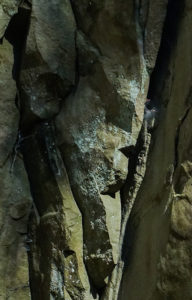
I’m still angry, although I’m trying to let it go. After all, a physician who believes himself a god could easily have contracted his delusion by just breathing the air of our culture. As long as we hail our physicians as god-like purveyors of medical miracles, doctors who lack confidence or crave power will cloak themselves in our expectations like the great Oz in his curtains.
But I must accept some responsibility for my willingness to be misled. No one forced me to accept this man‘s diagnosis as a truth engraved on the foundation of the world. I’ve known for most of my adult life that a diagnosis is simply an opinion—as reliable, or as dubious, as the person who offers it. That’s why we call a second diagnosis from a different doctor a “second opinion.” Still, in defense of my foolishness, I was anxious and off balance, and not thinking very objectively.

And this is one of the huge ethical challenges of doctor-patient relationships: physicians encounter people at some of the most critical points in their lives, when they’re at their most vulnerable. We might even define patients as people experiencing diminished capacity brought on by poor health and the resultant anxiety. They come praying that a doctor will work miracles with his/her incomparable wisdom and skill. Patients are predisposed to be gullible: easy prey, in fact . . . except that doctors aren’t supposed to be predators (and most aren’t). Going to a doctor should never be a case of caveat emptor—“let the buyer beware.”

So I’m back where I started. Angry. If I were a litigious person, I’d have sued him; however, I’m not, and I didn’t. I can only say what many others have said before me: in a more humane world, doctors would be required to experience—at least in some virtual sense—the conditions they would treat before being loosed on a world of suffering patients. That might go a long way toward eliminating a physician’s god complex.
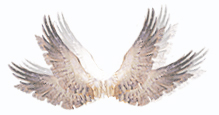 Grace . . .
Grace . . .
Grace intervened in late 2020, in the person of a wise and caring neurologist I happened upon during a phone conference she had with my husband. He mentioned my diagnosis in passing, and she asked to speak with me. By the time we hung up, I had an appointment to see her the next week. Two weeks after that, following a huge battery of blood and tissue tests, she confirmed her initial diagnosis of small fiber neuropathy (SFN) and started my treatment.
SFN is a complex syndrome with a staggering array of possible symptoms. I find the diagram below helpful in making sense of it:
There is no cure for small fiber neuropathy, but it is treatable, especially if caught early. Its progression can be slowed, and some losses may be recouped, although not completely. In my case, I’d already had two years of acute symptoms without any treatment before receiving an accurate diagnosis. Fortunately, I’ve responded well (if slowly) to therapy, particularly in areas of cognitive loss. I may never write another book, but I’ve recovered much of my vocabulary, my brain fog has lessened, and I’m remembering more of what I read. I can write letters and short essays (with the constant support of a thesaurus), and on a good day I can even edit existing manuscripts.
So, to all of you who have sent me messages of love and encouragement, I thank you! I may not have replied, but I’ve been warmed by your concern. I still don’t anticipate having much presence online, since I find writing of any kind exhausting. This post, for example, took three full days to compose, not counting getting it up online. I try to choose where my energy will be best spent. But I no longer perceive my life as a tragedy in process; I’m just aging, as every living creature does.
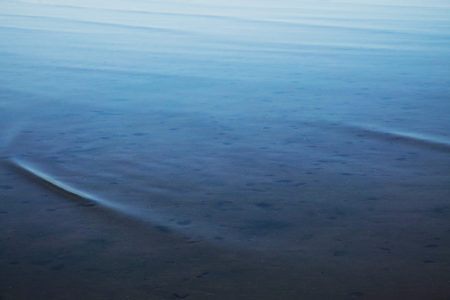
I sometimes imagine these last few years as an expression of my physical uniqueness. Just as each of us has different fingerprints, and a distinct mosaic of genetic patterning, so every body slows down and wears out in ways that reflect a person’s particular life experiences and physical being. Our paths home will always take us by surprise, because no two are ever the same.
![]()
A note in closing: my 15-year-old grey tabby cat Mari, whose name I borrowed for the Yeshua’s Cats books, is dying of advanced renal disease. (The cat who inspired Yeshua’s Cat was actually named Morgan—an unlikely name for an ancient Levantine cat! So I used the name I’d given to one of the two kittens I’d adopted after Morgan’s death.)


Mari and I are exploring the shadowy vales of aging and illness together. We’ve become unexpectedly close as her health has deteriorated. Sometimes I’m not sure which one of us is the woman and which the cat. My husband says that Mari has been my sea anchor for most of her fifteen years, and that she’ll take pieces of me with her when she goes. I’m sure she will, but she’ll also leave pieces of herself behind. Neither of us will be the same.
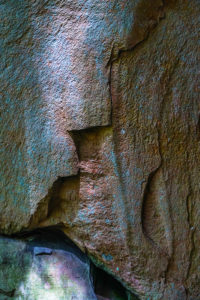

Afterthoughts
What follows is an unpublished post from June, 2020, written 1 ½ years after I was erroneously diagnosed with Lewy body dementia, and 3 months before I began treatment for small fiber neuropathy. It was intended to be the 4th in a series of posts on Lewy body dementia, but it was shuffled aside in the excitement of a possibly new diagnosis . . .
Robin Hobb’s Memory Stone and Progressive Dementia
“I feel like a tree being ruthlessly pruned into a stump,” June 30, 2020
I wrote these words earlier today, as I was updating a symptom diary that I’ve been keeping for over a year now, so that I can remember how I’ve changed, and when. It took me a long time to understand and articulate that feeling, partly because I am diminished, and my awareness is narrowing. I feel life less keenly every day. I forget to care—about people and things I love. I drift, and draw in. My horizons shrink. My spirit vision darkens.
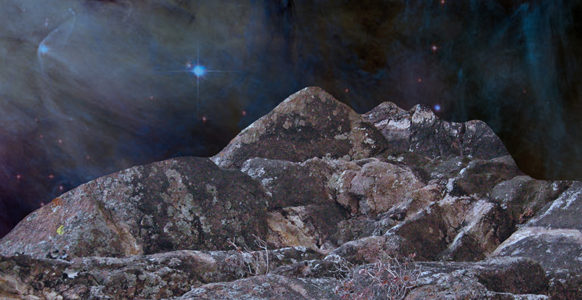
In an earlier post I mentioned that I forget every new book I read within a few months (books I read many years ago I still remember clearly). So when I find good books, I can enjoy them over and over again! This past Christmas my son gave me three new books: the Farseer Trilogy, Robin Hobb’s epic fantasy. I didn’t really like the first book when I started it, but since it was my son’s gift, and chosen with care, I didn’t set it aside. I’m not sure when I got hooked: maybe it was when the wolf Nighteyes entered the story. I know I was captivated by then. I bought the trilogies that continued the tale as I approached the end of each of the others. Nine thick books. And tonight I finished all nine for the third time.

Hobb’s books haven’t been just entertainment. For me, the Farseer series (including The Tawny Man and Fitz and the Fool trilogies) is that rare thing, a story that flickers with hidden meaning, troubling and fascinating me with something just out of reach. I believe that the only way to understand a story like that it is to journey to its heart—and to mine. I’ve always done this by reading a book again and again, until a key eventually emerged to unlock the mystery. I’m not sure if forgetting the details between readings has helped or hindered me with these books, but when I closed the ninth book tonight, I finally understood.
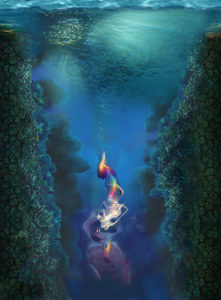
Hobb creates a fantasy world where some humans are gifted with an extraordinary sense she calls Skill. At the end of their lives, a very few choose to journey to a distant quarry and carve a dragon or other beast from the near-sentient stone there called Memory Stone. As they carve the stone, they release all their memories, and eventually their physical bodies, into the carved stone, hoping to bring it to a kind of life and achieve for themselves a limited immortality: their memories never really die.


The most difficult part of the dragon-carving is the carvers’ long and arduous process of yielding up the memories that make them who they are, in hopes that they have accumulated enough depth of memory to bring the stone to life. But once these carvers have given up a memory, they no longer have access to it. As their lives are poured out, they become vague and distant. They lose the love they feel for friends and family, recalling only dimly the fact of its earlier existence. They drift away from life, and from all but the current of Skill that draws them on.
I’m sure you see the parallels by now—not exact, but intriguing. I don’t know if Hobb intended to mythologize progressive dementia (or cognitive loss), but I believe she has, at least for me. What makes her telling so unexpectedly personal is her description of the effort her carvers make to invest their ever-dwindling strength and capacity into the creation of something that encompasses who they are . . . that embodies their lives’ essence.
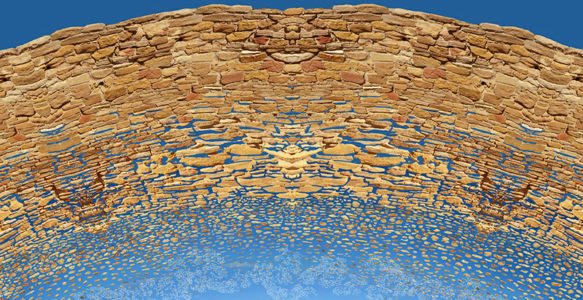
Her images shine a light on my own days, making sense of what I have been doing in darkness and unknowing. For I also feel a compelling need to complete expressions of myself: a couple of unfinished books, paintings for my grandson’s walls, pen and ink portraits of my family, a Flickr photo site. I don’t do them as memorials, or to have my name remembered. I’ve always preferred to remain invisible, anonymous, like a cat hidden beneath the shadowy eaves of a forest. Instead, I am pouring my life into a spiritual nexus that I sense as myself, and the effort I expend contributes to its solidity.

It’s so hard to put this into words!
British folk in times past sometimes spoke of retiring from the world in their old age to “make their souls.” That phrase feels oddly appropriate here. I am struggling to yield who I am into the will of the One, whose Being flows like a river through all that is. I am clarifying for myself who and what I am while confronting my own dissolution. I may grow vague and distant, unresponsive and hollowed out, as the life I’ve known seeps away. But by willingly releasing what I know as myself into the Creator’s vessel, I rest on the Deep of Being. I make my soul.



